How to Clear Your Browsing History on Chrome for Android |
- How to Clear Your Browsing History on Chrome for Android
- How to Customize the Control Center on Mac
- AMD Ryzen 5 5600X Review: 6-Core Gaming Beast
- How to Theme Android Apps the way you want
- How to Install Google Camera 8.0 (GCam 8.0 Mod) On Any Android
- How to Use the Built-In Geography Feature in Microsoft Excel
- How to Disable Transparent Menus on Mac
| How to Clear Your Browsing History on Chrome for Android Posted: 12 Nov 2020 08:39 AM PST
It's no mystery that web browsers track a lot of our internet usage habits. This "history" can also be easily accessed by anyone who checks your device. If you use Google Chrome on Android, we'll show you how to clear it. Your browsing history is a running list of all the websites you've visited. It's useful when you want to go back to a page you've visited before, or if you can't remember where you saw or read something. However, sometimes, you might not want others to have access to this history. Let's clear it! To get started, open Google Chrome on your Android phone or tablet.
Tap the three-dot menu at the top right.
Next, tap "History" in the context menu.
If you want to clear specific entries, you can tap the search icon at the top. Tap the "X" next to any entry to remove it.
To delete your browsing history in bulk, tap "Clear Browsing Data."
Under the "Basic" tab, you can choose how far back you want to clear data with the "Time Range" option. Make sure "Browsing History" is selected, and then tap "Clear Data."
The "Advanced" tab has a few more options, but they aren't necessary to clear your browsing history.
It really is as simple as that. You can do this as often as you'd like to keep your history clear.
| |||||||||||||||||||||||||||||||||||
| How to Customize the Control Center on Mac Posted: 12 Nov 2020 05:42 AM PST
The Control Center in macOS Big Sur and higher provides a one-stop location for system toggles and utilities ranging from Wi-Fi to keyboard brightness. You can also customize and add more features to the Control Center on Mac. Just like the Control Center on iPhone and iPad, there are parts of the modular Control Center that can't be changed. The network, display, and sound modules will stay put. But it's possible to add more modules to the bottom of the Control Center.
The best part of the Control Center is that it makes room in the menu bar. You don't need separate icons for "Wi-Fi," "Bluetooth," and "Sound" outputs, taking up space in the menu bar. RELATED: How the New Control Center in macOS Big Sur Works One of the most useful modules you can add to the Control Center is the "Battery" module. It shows your Mac's battery status, along with its percentage. This allows you to remove the battery icon from the menu bar. Control Center customization can be done from "System Preferences." Click the "Apple" icon from the menu bar and choose the "System Preferences" option.
Here, click the "Dock & Menu Bar" button.
From the sidebar, go to the "Control Center" section. You'll now see each module listed here, with their own options. At the top, you'll find modules like "Wi-Fi," "Display," and so on. You'll only find one option in these modules—"Show in Menu Bar."
This option will pin the specific module directly to the menu bar. You can click the icon to expand the module options in a drop-down menu.
To add more features to the Control Center, scroll down until you see the "Other Modules" section. Here you'll see "Accessibility Shortcuts," "Battery," and "Fast User Switching" modules. Select a module like "Battery" and then check the "Show in Control Center" option to add the module to the bottom of the Control Center. While you're at it, you can also check the "Show Percentage" option to show the battery percentage along with the icon.
If you only want to add them to the menu bar, choose the "Show in Menu Bar" option. Once you enable any (or all three modules), you'll find them at the bottom of the Control Center.
Click a module to expand it and see all features. The "Fast User Switching" module will show all user accounts, and selecting a user will instantly switch to it.
Similar to its iPhone and iPad counterpart, the "Accessibility Shortcuts" module shows useful accessibility features like "Invert Colors," "Reduce Transparency," and more.
| |||||||||||||||||||||||||||||||||||
| AMD Ryzen 5 5600X Review: 6-Core Gaming Beast Posted: 11 Nov 2020 05:52 PM PST It’s time we finally check out the Ryzen 5 5600X, the most affordable Ryzen 5000 series processor announced to date. Positioned as a mainstream part, it's coming in at $300, a 20% premium over the Ryzen 5 3600X. However this third-gen processor already didn't make sense as it cost 25% more than the R5 3600 and offered little extra performance. Therefore, most opted for the $200 Ryzen 5 3600, which is what we widely recommended in the past year as the best value CPU, and that's the part we'll be comparing the 5600X to today.
Though we’re sure AMD would have preferred we use the 3600X or 3600XT, we’ll stick to the more popular vanilla 3600. As a side note, the rumor mill has been churning out reports of a Ryzen 5 5600, a non-X version which might arrive at around $220, just 10% more than the beloved 3600. But we won’t know until we know. In the meantime, we've got a somewhat pricey 6-core, 12-thread Ryzen 5600X to check out and we’re very keen to see how it compares to not just the Ryzen 5 3600, but also the Ryzen 7 3700X, and how it stacks up against Intel’s Core i5-10600K.
The 5600X features a single CCD with 6 cores enabled, which means it's limited to a 32MB L3 cache. This is still substantial compared to Intel parts, but it's half of what you get with the 5900X, as that higher-end processor packs two CCDs with 6 cores enabled. The 5600X features a 3.7 GHz base clock with a 4.6 GHz boost clock, very similar clock frequencies to the 8-core 5800X.
Now it's time to test and then we'll re-evaluate the value of the 5800X towards the end of the review. For testing the AMD CPUs we used the MSI X570 Godlike motherboard along with four 8GB G.Skill TridentZ DDR4-3200 CL14 memory modules for a 32GB capacity. All cooling was handled by the Corsair iCUE H150i Elite Capellix AIO. As we’ve done with all reviews in this Ryzen 5000 series, all productivity benchmarks were run using the GeForce RTX 2080 Ti, but for the gaming tests we upgraded to the more powerful RTX 3090. BenchmarksStarting with Cinebench R20's multi-core test, we see that the Ryzen 5 5600X is good for 4462 pts or 19% faster than the 3600 and 24% faster than Core i5-10600K. Compared to existing 6-core, 12-thread processors, the performance uplift provided by the 5600X is substantial, so much so that we're very close to 8-core CPU performance. For example, the 5600X is just 9% slower than the Ryzen 7 3700X and 10% slower than the Core i7-10700K, that's a phenomenal result given it packs 25% fewer cores.
Given the strong multi-core performance, you won't be surprised to learn that the 5600X is very fast when it comes to single core performance. Here we're looking at a 23% improvement from the 3600 and 18% from the 3700X. In fact, when it comes to single-thread performance the 5600X is faster than even the Core i9-10900K.
In terms of clock speeds, we monitored how the 5600X clocks in each of the Cinebench R20 tests. For the multi-core test, where all cores are heavily loaded, the 5600X clocked at around 4.4 GHz, which is well above the advertised 3.7 GHz base clock frequency. AMD also advertises a max boost clock frequency of 4.6 GHz and this should be achieved in single core or lightly threaded workloads. In the Cinebench single core test the 5600X typically operated at 4.65 GHz, that's 50 MHz over the advertised spec.
Next up we have 7-zip compression performance and here the 5600X was able to match the 3700X and 10700K, which is a great result and it translates into a 30% performance uplift over the current 6-core/12-thread processors such as the Ryzen 5 3600 and Core i5-10600K.
Decompression performance was just as good. Here the 5600X was 7% slower than the 3700X, but 22% faster than the 3600 and a whopping 41% faster than the 10600K.
The cryptographic performance of the 5600X is very strong, beating even the 10900K for AES for encryption/decryption. It was 4% slower than the 3700X and 11% faster than the 3600.
The performance improvement in Blender is what we've come to expect: we're looking at a 19% uplift over the 3600, making the 5600X 15% slower than the 3700X, which is the biggest margin we've seen yet to the 8-core processor, but even so still an impressive result given it features 25% fewer cores.
Once again we see that Zen 3 is a beast in V-Ray as the 5600X comes in just behind the 3700X, losing by a mere 4% and that meant it was 30% faster than the 3600 and 25% faster than the Core i5-10600K.
The last rendering benchmark we're going to look at is Corona, and again we find more evidence of the 5600X destroying the 3600, this time by a 28% margin. At that rate, the 5600X was just 6% slower than the 3700X, finding itself situated between the 2nd and 3rd gen 8-core processors.
Code compilation performance has been improved by 8% over the 3600. The 5600X was 12% slower than the 3700X here, which is one of it's biggest losses to the older 8-core processor.
We're looking at a 6% performance improvement in DaVinci Resolve Studio 16, so not nearly as impressive as some of the other applications we've tested, but still better than a typical gen on gen improvement.
The Premiere Pro results are slightly more favorable for the new 6-core Zen 3 processor as here it was 10% faster than the 3600 and just 3% slower than the 3700X and 10700K. Here we're looking at comparable performance to existing 8-core AMD and Intel processors.
The single thread performance of Zen 3 has been massively improved, and we're getting a good look at what that means for single threaded applications like Photoshop. The 5600X was 22% faster that the R5 3600, and 18% faster than the 3700X and 10600K, so that's a huge performance improvement.
After Effects is another application that replies predominantly on single core performance and here we see solid performance from the 5600X. At 21% faster than the 3600 and 15% faster than the 3700X, it also easily beat Intel's Core i5-10600K and Core i7-10700K, hell it even beat the 10900K! Power ConsumptionLike the rest of the Zen 3 range, the Ryzen 5 5600X is exceptionally good in terms of power consumption. We're looking at a 7 watt increase from the 3600, which is excellent considering it’s 19% faster in the Blender benchmark. The new CPU also reduced total system consumption by 14% when compared to the 3700X, though that's in line with the performance deficit to that part. When compared to competing Intel parts such as the 10600K, we're looking at massively improved power efficiency.
As for operating temperatures, the Ryzen 5 5600X is a very cool running CPU. Peaking at just 63C in our Blender stress test means it’s 10C cooler than the 3600X, which is impressive given the similar voltage but almost 500 MHz increase in average clock speed. Gaming PerformanceTesting with Far Cry New Dawn, we see that the Ryzen 5 5600X is 18% faster than the 3600 and 16% faster than the 3700X. That’s a serious performance gain over previous-gen parts. It was also 7% faster than the 10600K and offered better frame time performance.
The 5600X also just edged out the 5950X and 5900X as this title doesn't heavily utilize those parts and the lower latency, single CCD design is likely playing a role here. Though we're talking about a negligible 1.5% difference, that’s overall exceptionally good performance from the 5600X in Far Cry New Dawn.
Next up we have Rainbow Six Siege and we're finding comparable performance to higher-end Zen 3 parts. More than comparable, it's basically identical. The 5600X was 22% faster than the 3600 and 19% faster than the 3700X, a big generational performance gain.
The Ryzen 5 5600X is also able to match the 5800X, 5900X and 5950X in the Watch Dogs: Legion. That makes it 23% faster than the 3600, and 15% faster than the 3700X. It also edged out the 10600K by a 5% margin making it the fastest 6-core processor in this title.
Moving on to F1 2020, we're again finding similar performance across the Zen 3 range. There’s up to a 3% difference between the 5600X and 5950X when looking at the 1% low results. In other words, virtually identical performance and that means the 5600X is 9% faster than the 10600K, 20% faster than the 3700X and 28% faster than the 3600.
For the first time in our gaming tests we're seeing the 5600X slip behind the higher core count parts. It wasn't that much slower in Horizon Zero Dawn, trailing the 5950X by up to 10% for the 1% low result and 4% on average. Performance is comparable to the Core i5-10600K, which is 16% faster than the 3700X and almost 30% faster than the 3600.
The gains in Borderlands 3 are fairly small compared to most other titles. We're looking at a 7% performance improvement over equivalent Zen 2 parts. The 5600X is comparable to Intel’s 10600K in this game, too.
Death Stranding can take advantage of higher core counts on the 5900X and 5950X, though it seems to max out with the 5900X. As a result, the 5600X was 11% slower than than the 5900X and 7% slower than the 5800X, though performance was comparable to the 10900K, or at least the average frame rate performance was. When compared to the 10600K, we're looking at a solid 18% performance improvement and a whopping 23% improvement over the 3700X. So here's an example of a core heavy, CPU utilization heavy game that still sees the 5600X obliterate the 3700X. It’s also 33% faster than the Ryzen 5 3600.
Another CPU demanding game we like to test with is Shadow of the Tomb Raider. Do note we're not using the built-in benchmark, but an open world section that’s much more CPU demanding than most other places in the game. SoTR looks to be maxed out with the 5900X. The 5600X was 7% slower that the 12-core CPU and 4% slower than the 5800X and Core i9-10900K. That said, it was 5% faster than the 10700K, 20% faster than the 10600K, 23% faster than the 3700X, and 31% faster than the 3600.
Hitman 2 performance is interesting as this isn't a game that benefited from more cores with Zen 2. Clearly memory and cache latency was the primary bottleneck as we do see positive core scaling with Intel processors and now with Zen 3 chips. The Ryzen 5 5600X was able to match the average frame rate of the 5800X, though it was 7% slower for the 1% low result. It also trailed the 5900X by 8% for the average frame rate and 13% for the 1% low. When compared to the 10600K it was 15% faster and then a massive 26% faster than the 3700X and 32% faster than the 3600.
Testing with Star Wars: Squadrons shows a ~23% performance boost over the 6 and 8-core Zen 2 processors and a 16% boost over the 10600K. The 5600X’s performance output was comparable to the 10900K here.
Serious Sam 4 is an NPC heavy title which does benefit from more cores. In this case, the 5800X looks to be the sweet spot as the 5600X was 16% slower, though game time performance was strong and we didn't see any stuttering issues with the 6-core processor. We're also talking about a 26% boost over the 3700X and 16% greater 1% low performance. Gaming AverageHere's an overview of the average CPU gaming performance and overall we see a small performance decline when compared to the Ryzen 7 5800X across the 11 games tested. Of course, the margin is very game dependent. When compared to the 8-core 3700X we're looking at a 19% performance boost on average and 24% over the 3600. In other words, the mainstream Ryzen 5 5600X is a much better gaming CPU. It's worth keeping in mind that all tests were conducted at 1080p using a GeForce RTX 3090. Now obviously we do this as the focus is on CPU and not GPU performance, but be aware this isn't typical gaming performance.
Normally you'd be using an RTX 3090 at 1440p or 4K gaming: at 1440p you'll be a lot more GPU limited, while at 4K you'll be entirely GPU limited. So don't think an upgrade from the Ryzen 3 3600 to the 5600X will net you around 20% more performance. In the coming weeks we’ll likely investigate CPU scaling with a range of GPUs, but for now we're looking more at CPU limited gaming performance. Getting back to the results, it's really impressive to see AMD now offering 11% more performance than Intel's best 6-core processor, the 10600K and we'll look at cost per frame data in a moment, before that though here are the OC results. OverclockingWhen it comes to manual overclocking we were able to push the Ryzen 5 5600X to 4.6 GHz on all cores. This boosted Cinebench R20's multi-core performance by just 3%, so a fairly pointless overclock.
Although we're getting a 3% boost to all core performance, we're also seeing a 1% decline in single core.
Blender confirms the all-core gains of 3% for the overclocked 5600X. Not exactly a worthwhile gain and it doesn't help the 5600X catch up to the 3700X here.
For that 3% performance boost we're looking at a 4% increase in total system power usage, so hardly anything to worry about.
And here’s why we don't recommend gamers bother with overclocking the 5600X: we ended up reducing the frame rate in Rainbow Six Siege by 4%.
As we've seen before, it does help to improve performance ever so slightly in Far Cry New Dawn, though certainly not to the degree that anyone is going to notice. Price to PerformanceHere's a look at the price vs. performance ratio using Cinebench R20’s multi-core data. At the new $300 price point, the Ryzen 5 5600X isn't exactly great value in core-heavy workloads. While it does match the Ryzen 7 3700X in value, it's also coming in at a 26% premium over the 3600 and that's not great.
In order to match the value of the 3600, the 5600X would need to cost no more than $240, so here's to hoping the $220 vanilla version of the 5600 ends up being a thing. Now, the reason the 5600X costs $300 is because of the Core i5-10600K. Compared to Intel's competing part the 5600X is 12% better value.
It's a similar situation when we look at Adobe Premiere data: the 5600X stacks up pretty well overall, but is still much worse value than the 3600, coming in at a massive 37% premium.
You're also paying a 14% premium over the 3600 for gaming in Shadow of the Tomb Raider, though that's not terrible given the performance improvement, and it's still better value than Intel's 10600K.
If we look at the 11 game sample, we see that in terms of value the 5600X and 10600K are comparable. Overall, the new 6-core Ryzen processor is fetching a 21% price premium when compared to the 3600, so that's not great news. What We LearnedOn one side, it's impressive just how much better the Ryzen 5 5600X is when compared to the 10600K, often offering more value despite costing a little more. On the other side though, it's far less impressive in terms of value when compared to the $200 Ryzen 5 3600. While we do see a number of substantial performance improvements, a 50% price hike is going to be a tough pill to swallow for most. AMD's really competing with themselves: if you want maximum value, get the R5 3600, if you want maximum performance, get the 5600X and that leaves no room for Intel's Core i5-10600K. It's worth point out that the Ryzen 5 3600 sold really well relative to the 10600K because it was cheaper. And while it is technically slower in games, when gaming you're going to be GPU bound for the most part, and therefore the reality is that gaming performance is very close between those two. This also means gamers will remain better off buying the much cheaper Ryzen 5 3600, or waiting to see if a $220 non-X 5600 becomes a thing in the not too distant future.
Speaking of gaming performance, you're no doubt going to hear nonsense such as “the Ryzen 5 5600X is a poor choice for gamers as it only has 6 cores,” and they'll probably try and prove that by pointing to the new consoles which feature eight Zen 2 cores. Some people also like to confuse how games and cores work. Making statements like games will require 8 cores or something to that effect. Games don't require a certain number of cores, they never have and they never will. Games require a certain level of CPU performance, it's really that simple. A recent example of that is the Core i5-7600K, or in other words, quad-core processors. Three years ago the 7600K was the best value gaming CPU on the market and it shredded the Ryzen 5 1600 in every game. However, back then we did say that the 7600K's days were counted as games were becoming more demanding and soon 4-cores/4-thread processors would be inadequate, stick with me here…
That wasn't because games would necessarily require more than 4 cores, but because there wasn't a single quad-core processor in existence that would be powerful enough to drive the latest and greatest games without avoiding frame stuttering issues and other performance related problems. For example, if the 7600K was capable of out-scoring the Ryzen 5 1600 in Cinebench R20's multi-core test, it would actually be a better gaming CPU today, regardless of how many cores it featured. However, that's not the case. The R5 1600 scores 53% higher in Cinebench and even when overclocking the 7600K to 5 GHz, the Ryzen part is over 30% faster. So, when fully utilized the Ryzen 5 1600 is a more powerful processor, which is why we knew in the not too distant future it would be a better processor for games and that’s long since been proven true. However, the Core i7-7700K hasn't yet suffered quite the same fate despite also being a quad-core processor, as it features SMT support for 8 threads. Although it features half as many cores and threads as the Ryzen 7 1700, it's able to keep up in the latest and greatest games, though it is starting to show some weakness in most demanding titles. At some point, we do expect the R7 1700 to beat the 7700K in games and again if we look at the Cinebench R20 multi-core performance, we see that when fully utilized the Ryzen processor is almost 40% faster and that's obviously a massive difference. But what about the 6-core, 12-thread Ryzen 5 5600X, how will it age? Our guess is extremely well as the massive IPC increase offered by the new Zen 3 architecture means the 5600X is comparable to previous generation 8-core processors such as the 3700X and 10700K, or the Zen 2 parts used in the next gen consoles, and no one expects those processors to become obsolete any time soon. Looking at Cinebench R20 as a rough guide, we see that the 5600X's multi-core performance is just 9% lower than that of the 3700X and 10% lower than the 10700K, and that's not a big difference. It's also worth noting that you need to be cautious when using Cinebench to measure heavy CPU utilized gaming performance. We use it to observe how CPUs might compare when fully utilized in games, but Cinebench isn't particularly memory sensitive, so a CPU like the 5600X which is much improved compared to the 3700X in terms of cache and memory latency, will perform better in games under heavy load than the Cinebench R20 score would suggest. The memory and cache latency improvements of the Ryzen 5 5600X means that there's a good chance it will never end up being slower than the 3700X in games. Doesn't matter if you're talking average frame rates or frame time performance, it should be better by all metrics. If you have the option of the Ryzen 5 5600X or the 3700X for $300, you should absolutely get the 5600X in our opinion. It's a lot better right now in games and we expect that still be the case in a few years’ time. Or save your money and get the R5 3600 as it still gets the most out of high-end GPUs at 1440p, or if you can wait for the Ryzen 5 5600. Shopping Shortcuts: | |||||||||||||||||||||||||||||||||||
| How to Theme Android Apps the way you want Posted: 11 Nov 2020 03:40 PM PST Until now, we have shared lots of articles on Android customization like the best Android launcher apps, best icon packs, etc. Today, we are going to share another best Android tutorial on how to theme Android apps any way you want. With this method, you can easily customize and theme every Android system features including the apps and system components. For example, you can easily change the app icons, change the app language, modify the feature names inside the app, etc. However, you need to have a rooted Android device to theme Android apps as per your choice. Below, we have shared a detailed guide on how to theme Android apps. Also Read: Best Root Apps For Rooted Android Device Steps to Theme Android Apps the way you wantSince the method requires root access, make sure to follow each and every step carefully. Or else, you could end up having a bricked device. Step 1. First of all, you need a rooted android as an Xposed installer can only be installed on a rooted android, so Root your android to proceed. Step 2. After rooting your Android device you have to install the Xposed installer on your android and that's quite a lengthy process and for that, you can proceed with our Guide to Install Xposed Installer On Android. Step 4. Now install the app and activate it on the Xposed module. Step 6. Now under the choose theme option, select the theme of your choice. Step 7. Now simply tap on the Apply theme. Once done, tap on the soft reboot option to apply the changes.  That's it you are done! now you have all new cool looks in your android device and that too according to your wish. Using ResFluxResflux is one of the best Xposed Mod which is developed by Julian Paolo Dayag. The mod provides Android users an easy way to customize and theme every visual item of an Android operating system. The interface of the app is also pretty good and users just need to follow some simple steps to theme Android apps. Step 1. First of all, open the Xposed Installer on your Android smartphone and then search for the Resflux in the download section. You can also get Resflux from this link. Step 2. After installing the mod on Xposed, activate it and then open the app. Now you will see a screen like below. Here you need to tap on Laboratory to make modifications in bulk. Step 4. Select the package which you want to modify and it will now map its resources. The process might take a few minutes. Step 5. Once mapped, you will see five assets that you can modify: Drawable, String, Color, Boolean, and Integer. Step 6. If you want to customize the look, let's assume you want to change icons and images within the app itself, select drawable. You will be given a file picker that you can use to select images. Step 7. Similarly, if you want to change colors, select the Color option and you can change the colors used within the selected package. So, this is how you can use Resflux to theme Android apps any way you want. If you need further help regarding the installation steps, then make sure to discuss it with us in the comments. So above is all about how to theme Android apps the way you want. I hope this article helped you! Please share it with your friends also. If you have any doubts related to this, let us know in the comment box below. | |||||||||||||||||||||||||||||||||||
| How to Install Google Camera 8.0 (GCam 8.0 Mod) On Any Android Posted: 11 Nov 2020 02:25 PM PST Compared to other mobile operating systems, app availability is quite high on Android. Just take a brief look at the Google Play Store, you will find apps for different purposes. For instance, there are camera apps available for capturing amazing photos; there are photo editors to edit the capture photos, etc. If you are a mobile photographer, then you might know the importance of a good camera app. The stock camera app of the smartphone is often useless when it comes to pro photography. To deal with photography issues, Google introduced a camera app known as Google Camera. Google Camera has revolutionized smartphone photography and has brought new camera features to budget Android smartphones. Although Google Camera is limited to only Pixel devices, developers have still ported the app to Android devices. The ported Google Camera app is what we call Google Camera Mod or GCam Mod. Also Read: How to Install GCam (UltraCam 5.1) on Any Android Google Camera 8.0 Mod for AndroidRecently, Google released two new smartphones – Pixel 5 and Pixel 4a 5G. Both of the smartphones support the 5G network and has a powerful Snapdragon 765G processor. On the software front, both smartphones run on the latest Android 11, and for photography, they have a new Google Camera 8.0. Google Camera 8.0 is the latest version of Google's camera app, and it brings a set of exciting features and improvements. Just like every other Google Camera version, Google Camera 8.0 Apk has been ported for other Android devices. Yes! the GCam 8.0 mod is ready for all Android smartphones. Below, we have listed some of the key features of GCam 8.0 Mod.
Requirements to run Google Camera 8.0 ModYour Phone must have Camer2API support to run the GCam 8.0. You can use the Camera2 API Probe Android app to check whether your phone has Camer2API support or not. If it supports, then it will show you 'Limited', 'Full' or 'Level_3' Another thing is that your device should be running on the Android 10 operating system. The GCam 8.0 Mod will not work on Android 9.0 or below. Download & Install GCam Mod 8.0 On AndroidWell, the GCam Mod 8.0 Apk file is still in the beta phase. So, you can expect a few bugs and glitches while using the app. Follow some of the simple steps given below to Download & install GCam Mod 8.0 on Android.
Note: If your phone runs an older version of Android, then you can download the older version of GCam Mod like GCam 7.31 GCam 7.2, etc. You can refer to CelsoAzevedo's repository for more information. So, this article is all about how to download & install GCam 8.0 mod on all Android devices. I hope this article helped you! Please share it with your friends also. If you have any doubts related to this, let us know in the comment box below. | |||||||||||||||||||||||||||||||||||
| How to Use the Built-In Geography Feature in Microsoft Excel Posted: 11 Nov 2020 11:29 AM PST
Instead of researching and updating geographical data in your spreadsheets, save time by using the tools provided to you by Microsoft. The built-in Geography feature in Microsoft Excel will do the heavy lifting for you. With the Geography data type, you can retrieve details like population, time zone, area leaders, gasoline prices, language, and much more. The information comes from an online source that you can refresh, as needed. So, if you need this type of data for your spreadsheet, as long as you're connected to the internet, you can drop it in! Add Geography Data to Your SheetTo check out the Geography data type in Microsoft Excel, simply select and add what you need. Then, if you want to expand it, you can create a table or use formulas. Select a cell in your spreadsheet and type a location. This can be a city, state, region, territory, or country. With the cell selected, click "Data," and then click "Geography" in the "Data Types" section of the ribbon.
Within a few seconds, you might see a question mark appear next to the location name in the cell and the "Data Selector" sidebar will open. This occurs if a location cannot be found, or if more than one location with the same name is available. Click "Select" below the correct location on the right. If you don't see the location you want, you can type it in the Search box at the top of the sidebar to look further.
After you select a location in the Data Selector, you'll see a map icon next to the location name and the sidebar will disappear. Now, it's time to pull in the data you need. Click the cell that contains the location name, if necessary, and then click the Insert Data icon that appears next to the cell. This will display a scrollable list of data from which you can make selections. The data available here will depend on the kind of location you've selected. For example, if you type a country, you'll see more options than you would for a city. You can select an abbreviation, area, total tax or unemployment rate, urban population, and more.
When you select something from the list, it will appear in the cell to the right of your location immediately. You can continue to add data from the list, and they'll populate in subsequent cells on the right. If you add several items for your location, though, and don't label them with column headers, it's easy to forget what each is for. Just click the cell containing the data to see what it is in the Formula Bar.
View the Data TypeAlong with the data in the list, you can view what's called a Data Type Card for your location. This gives you a snapshot of the data with the labels. To see it, just right-click the cell containing your location, and then select "Show Data Type Card."
You'll then see an easy-to-read card containing all the details. You can drag the bottom-right corner to enlarge it.
To add a piece of data from the Data Type Card to your spreadsheet, hover your cursor over it, and then click the Extract to Grid icon that appears.
Refresh the Geography DataSince the Geography data comes from an online source, it's updated regularly. This means you'll want to update your spreadsheet so it contains the most current data. To do so, right-click the cell that contains your location, and then click Data Type > Refresh.
Don't See the Geography Feature?If you don't see the Geography Data Type in Microsoft Excel, please make sure your device meets the following requirements:
The Geography Data Type feature is a real time-saver! Give it a try the next time you need to add any geographical information to an Excel spreadsheet. | |||||||||||||||||||||||||||||||||||
| How to Disable Transparent Menus on Mac Posted: 11 Nov 2020 09:19 AM PST  Apple redesigned the classic Mac interface with a transparent menu bar and sidebars that show the colors from the windows below. Thankfully, there's a way to disable the distracting transparent menus on Mac. Overall, the design language introduced Big Sur and higher is a move in the right direction. Everything is more spaced out and the interface matches with the iPhone and iPad, while still staying true to the classic macOS. RELATED: What’s New in macOS 11.0 Big Sur, Arriving November 12, 2020 You can dial the window transparency down using an Accessibility feature called "Reduce Transparency." Once enabled, the transparent menu bar and sidebars will be replaced with solid color, making it easier on the eyes. You can see the difference between the default option (left) and with the transparency disabled (right) in the screenshot below.
This feature can be enabled from "System Preferences." Click the "Apple" icon from the menu bar and choose the "System Preferences" option.
Here, go to the "Accessibility" section.
Now, from the sidebar, choose the "Display" option and then enable the "Reduce Transparency" feature.
Instantly, all the transparent and translucent menus will be replaced by a solid color.
Now that you have disabled the transparency effect, here are seven more macOS tweaks to boost your productivity. |
| You are subscribed to email updates from My Blog. To stop receiving these emails, you may unsubscribe now. | Email delivery powered by Google |
| Google, 1600 Amphitheatre Parkway, Mountain View, CA 94043, United States | |
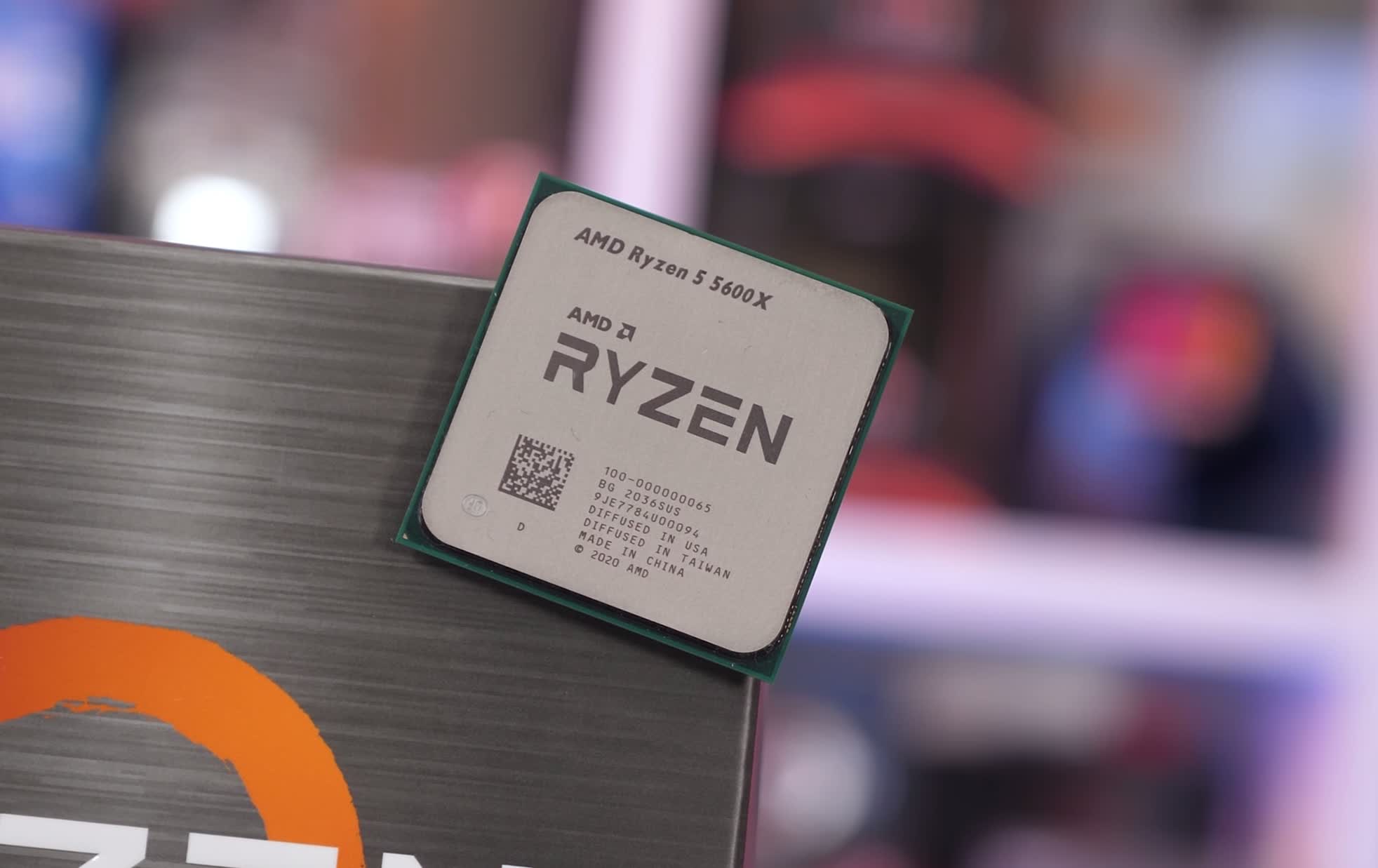
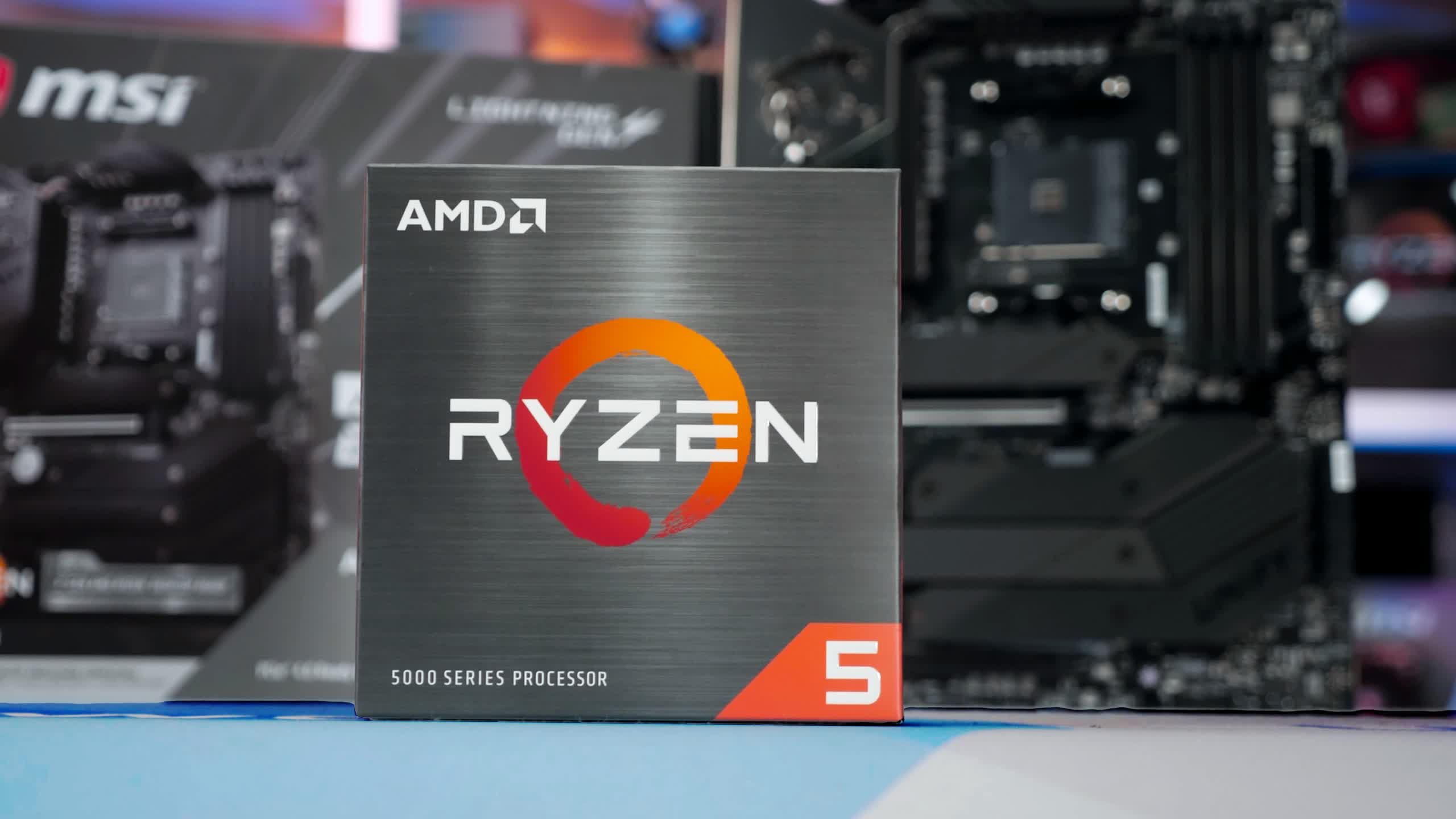
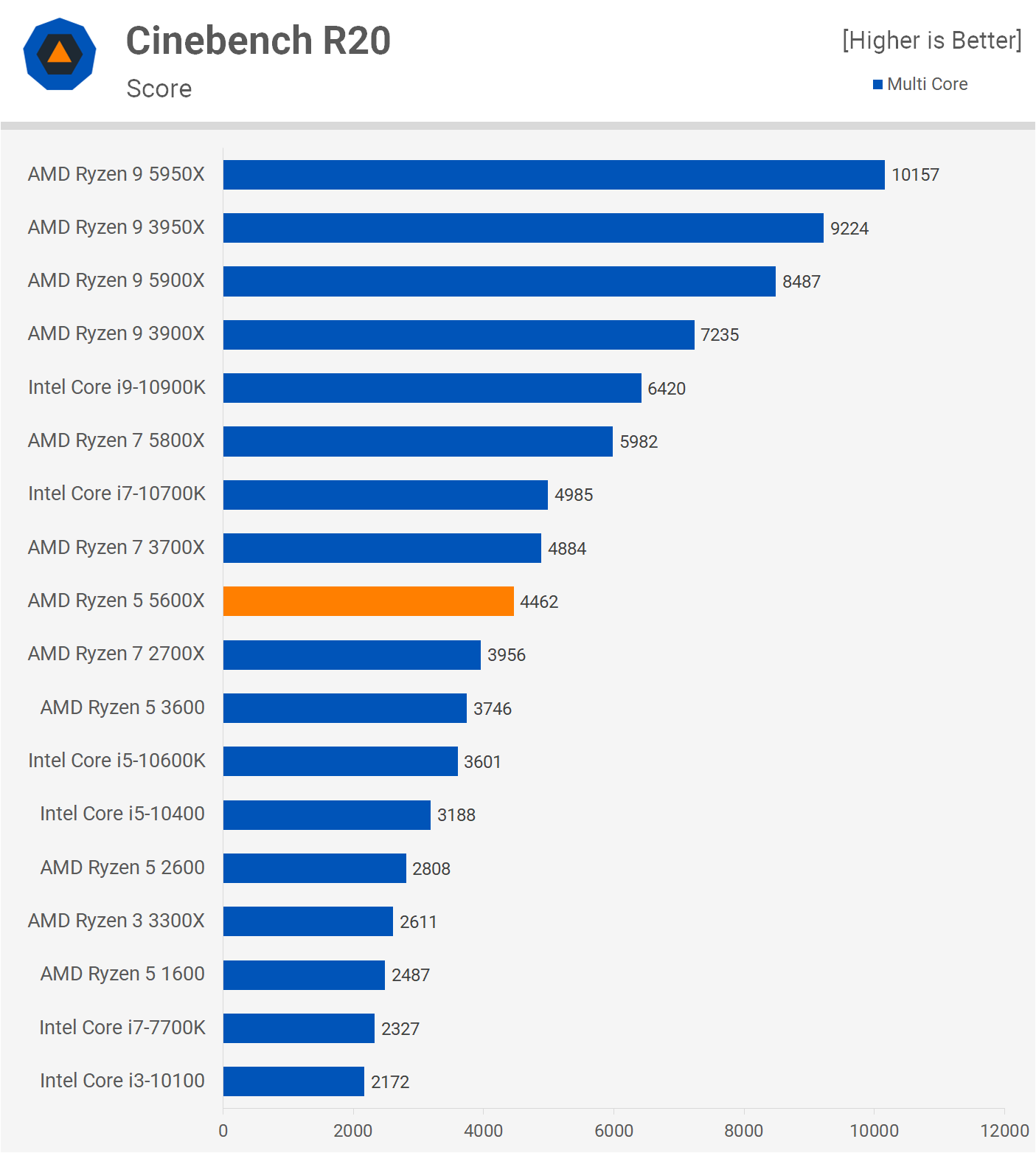
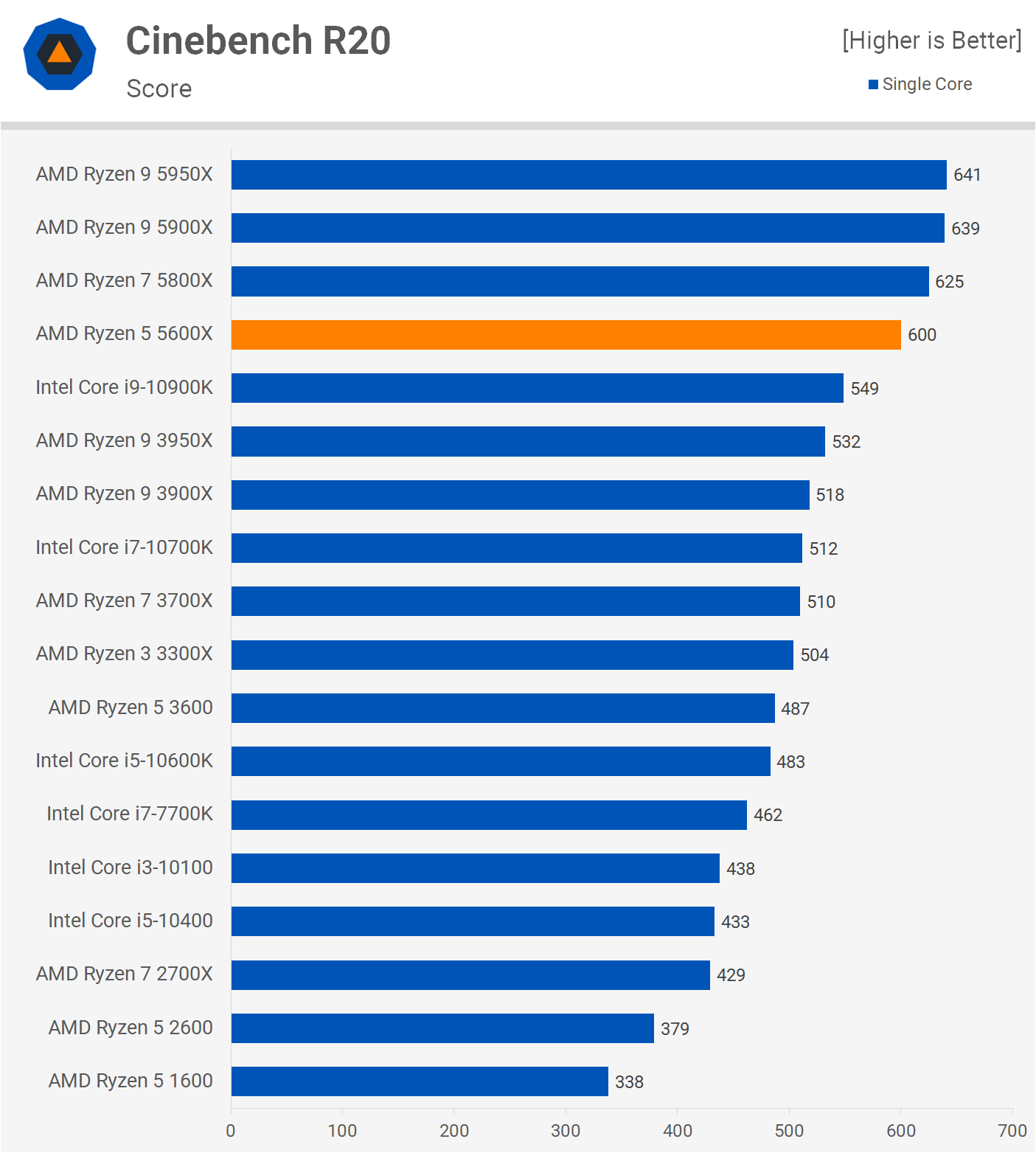
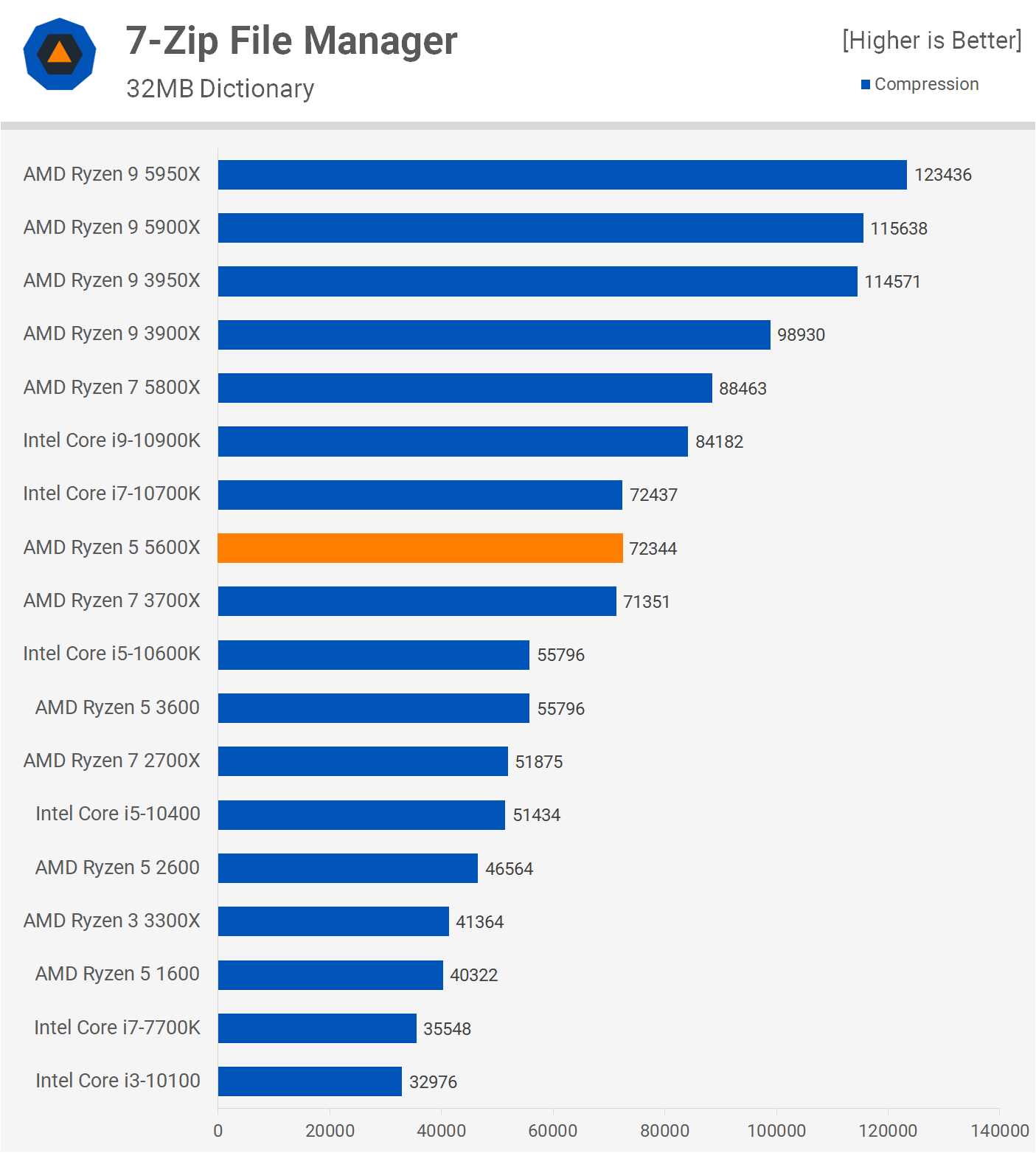
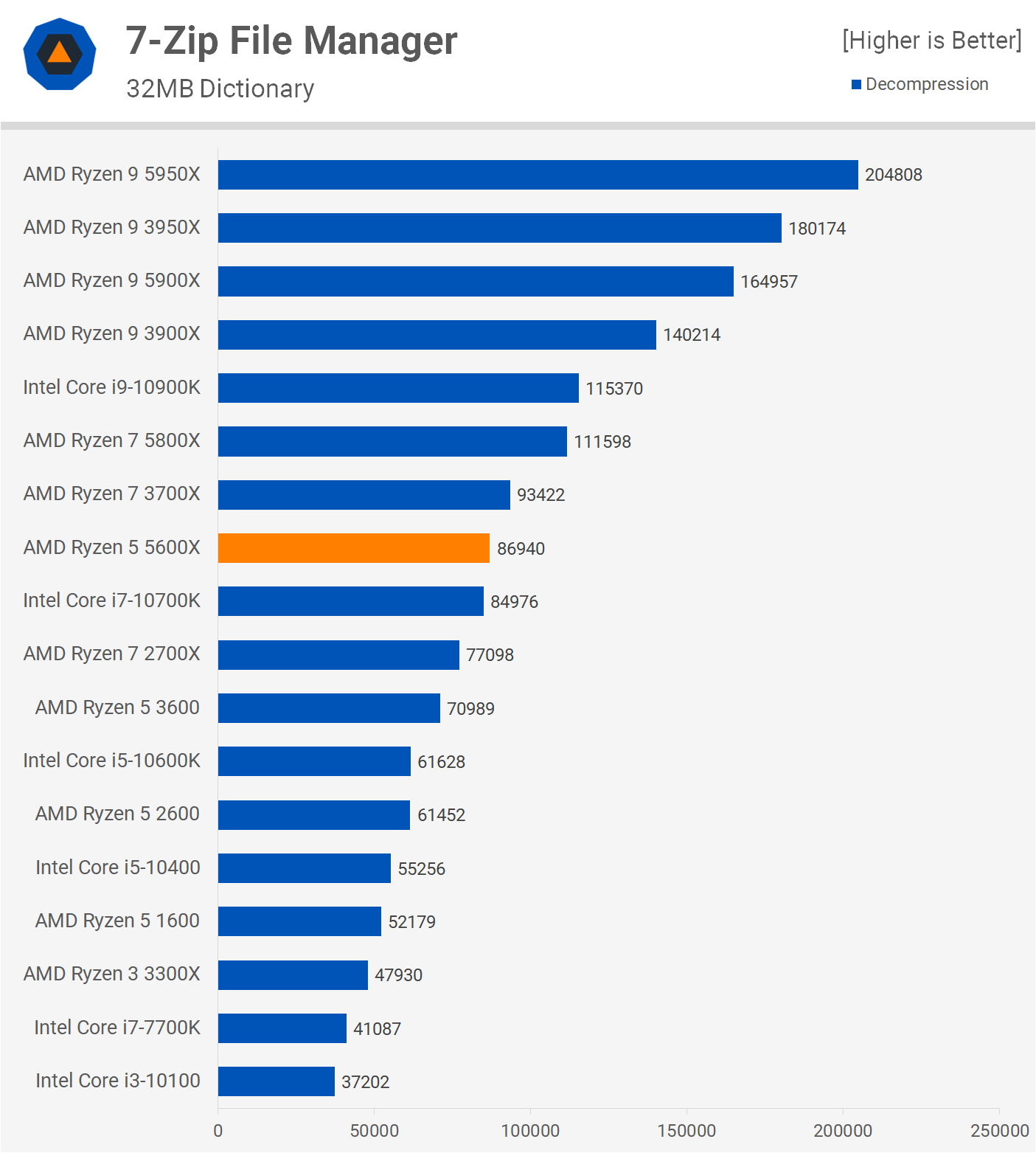

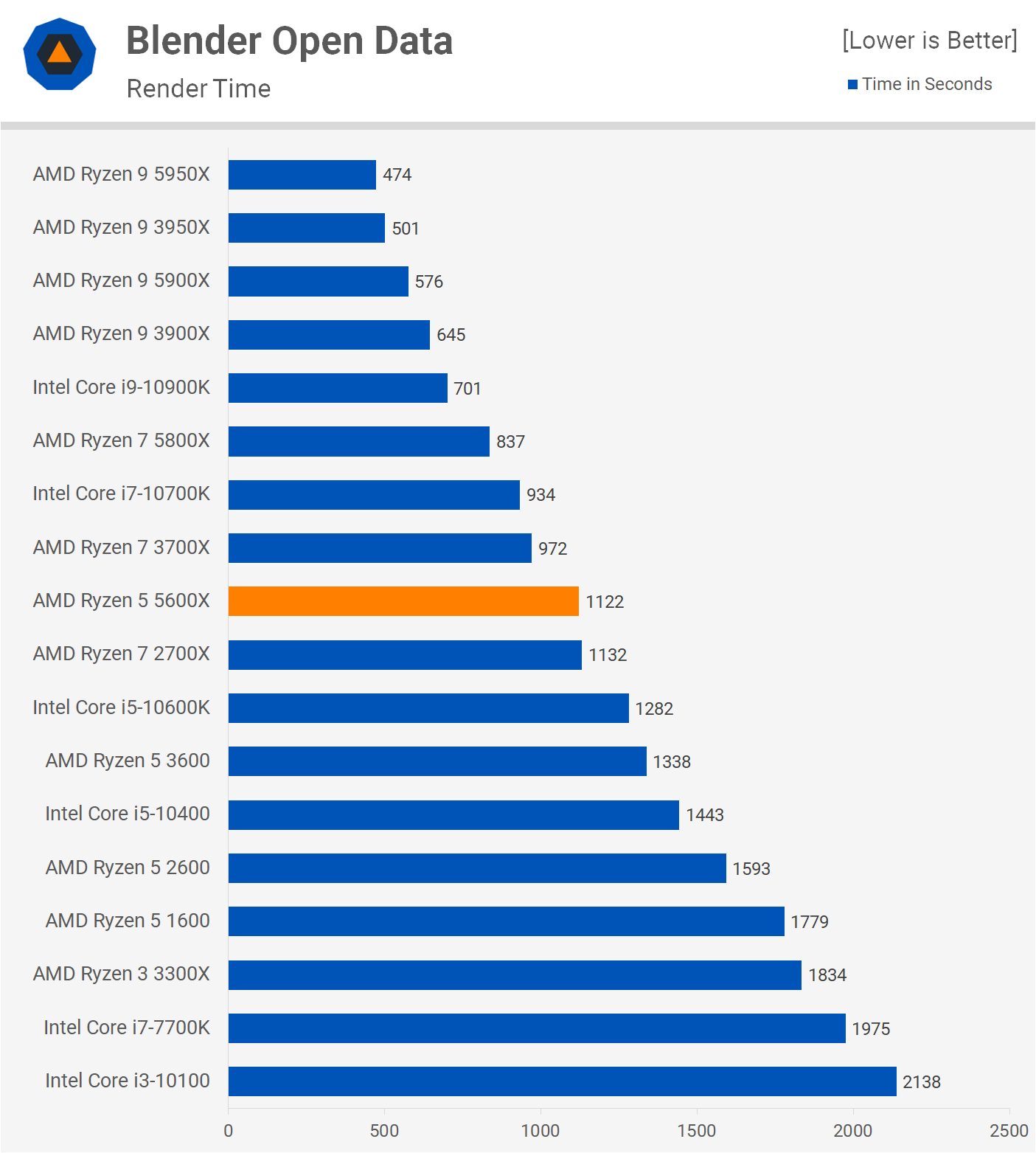

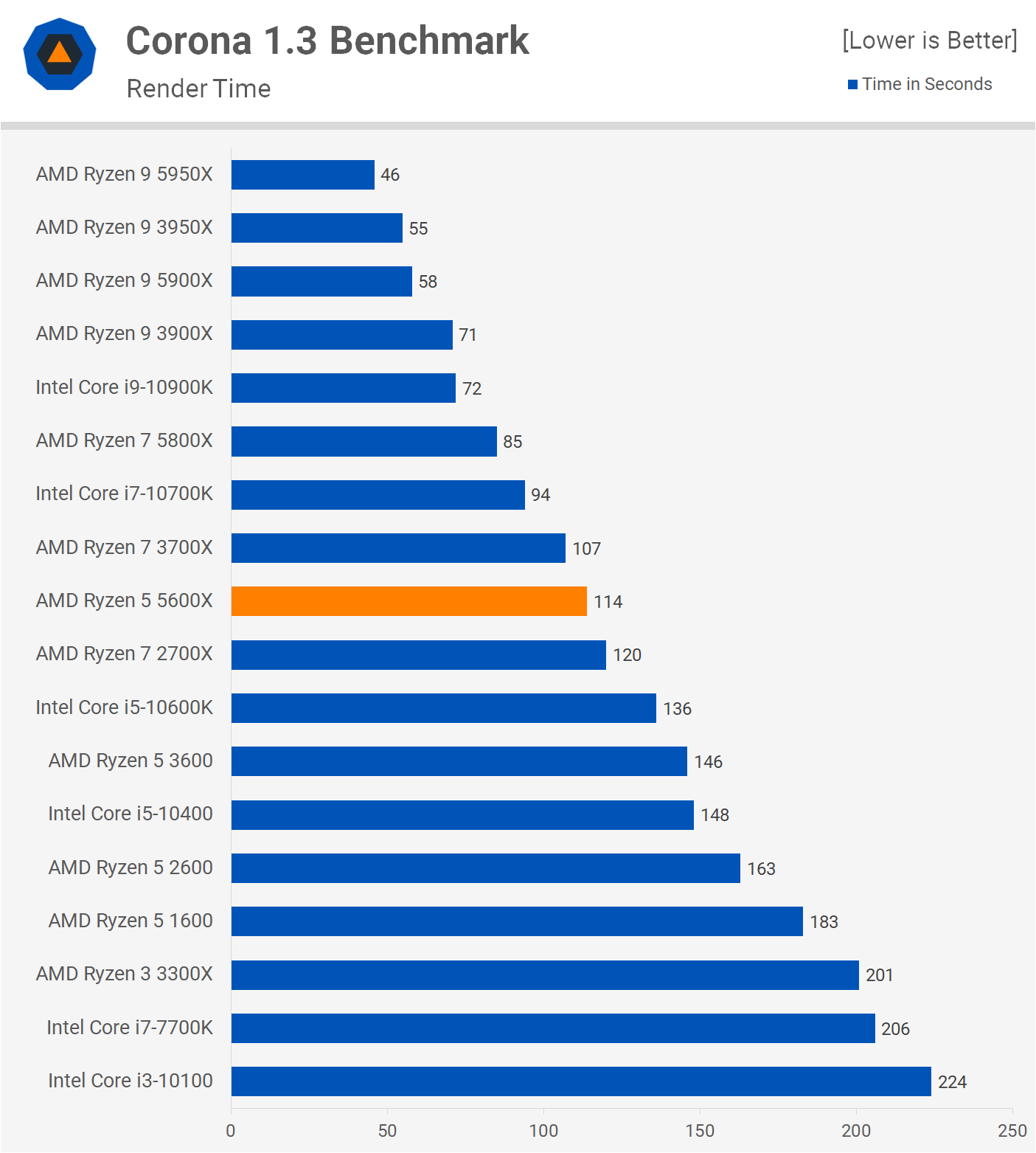
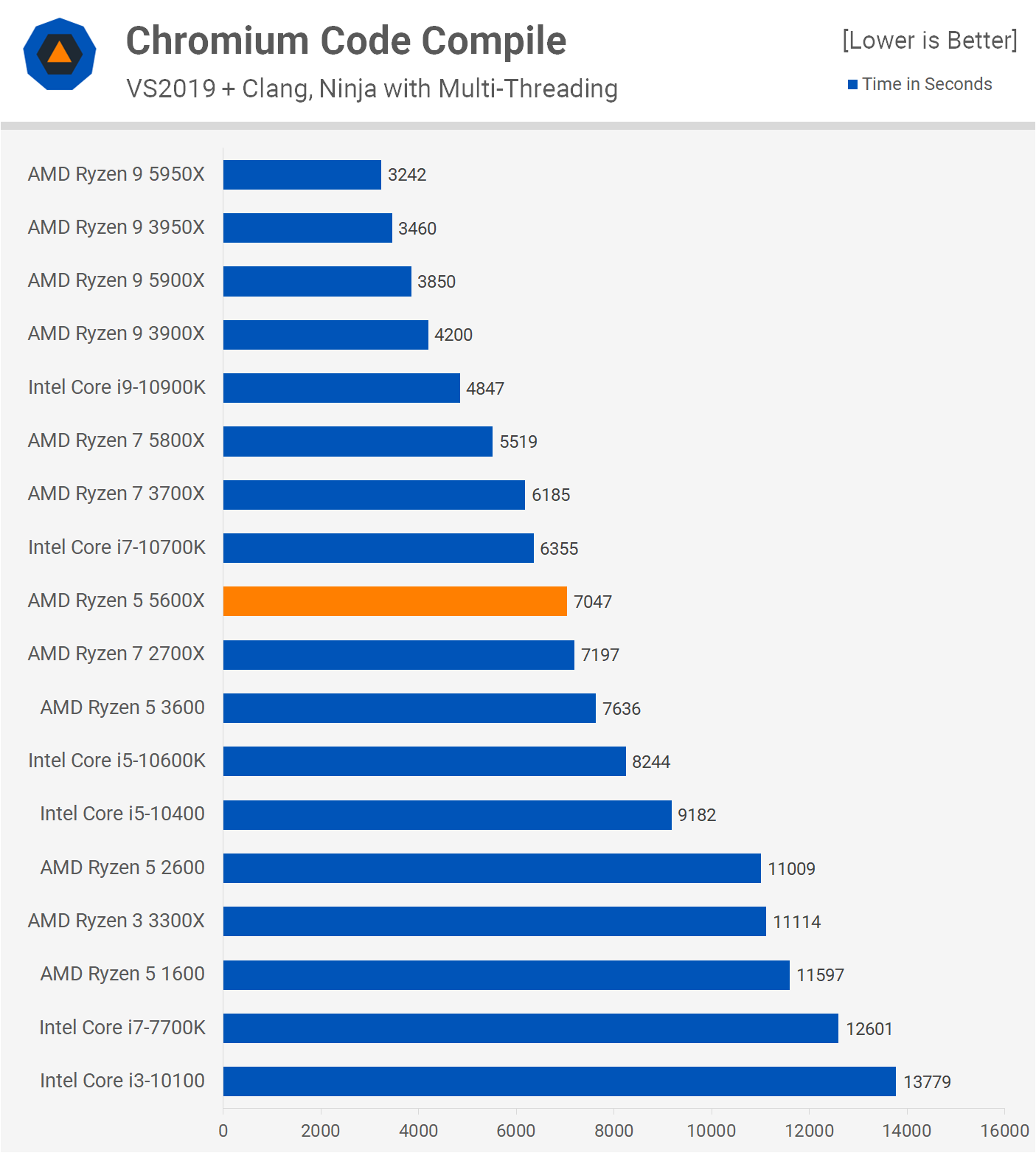
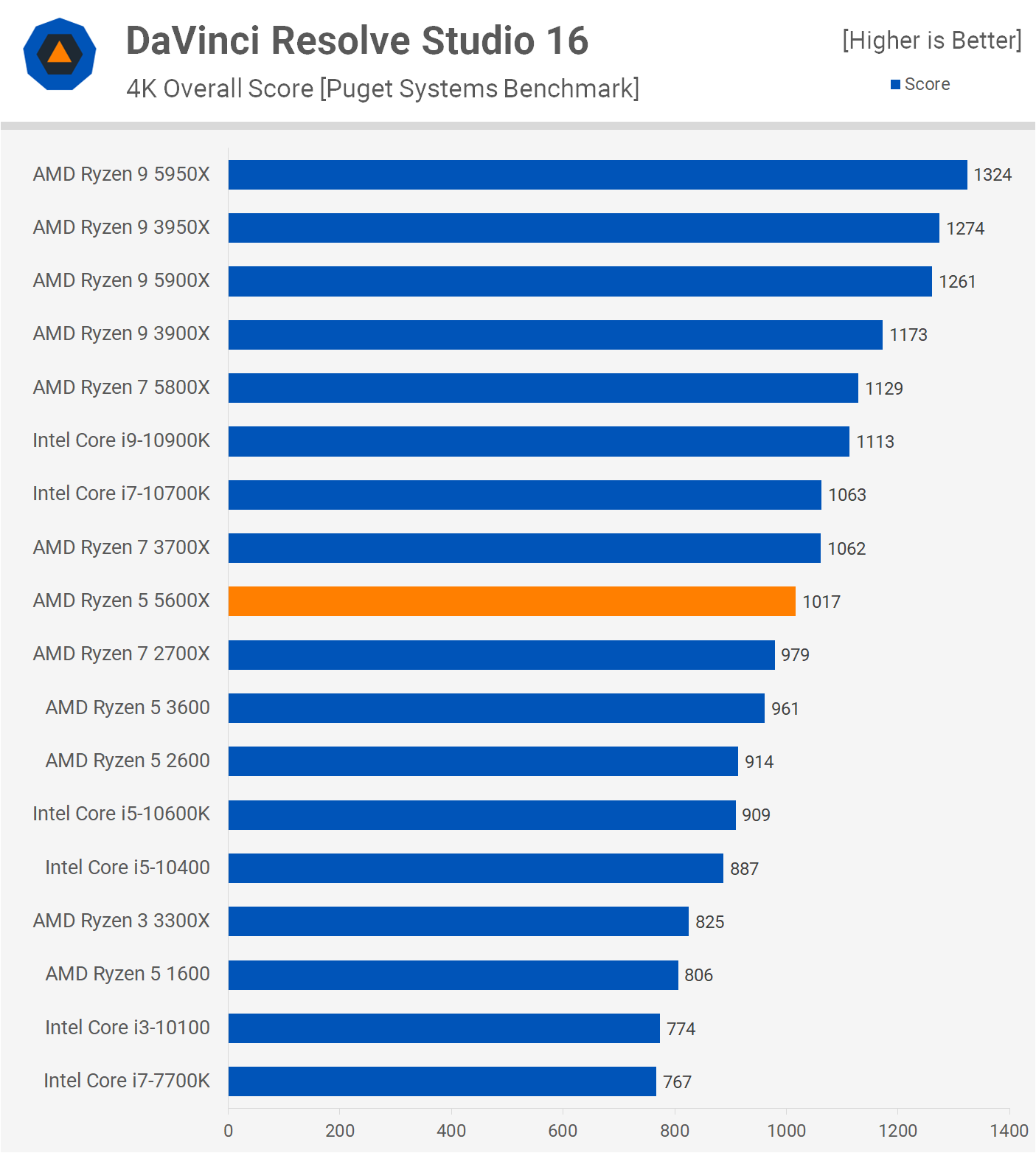
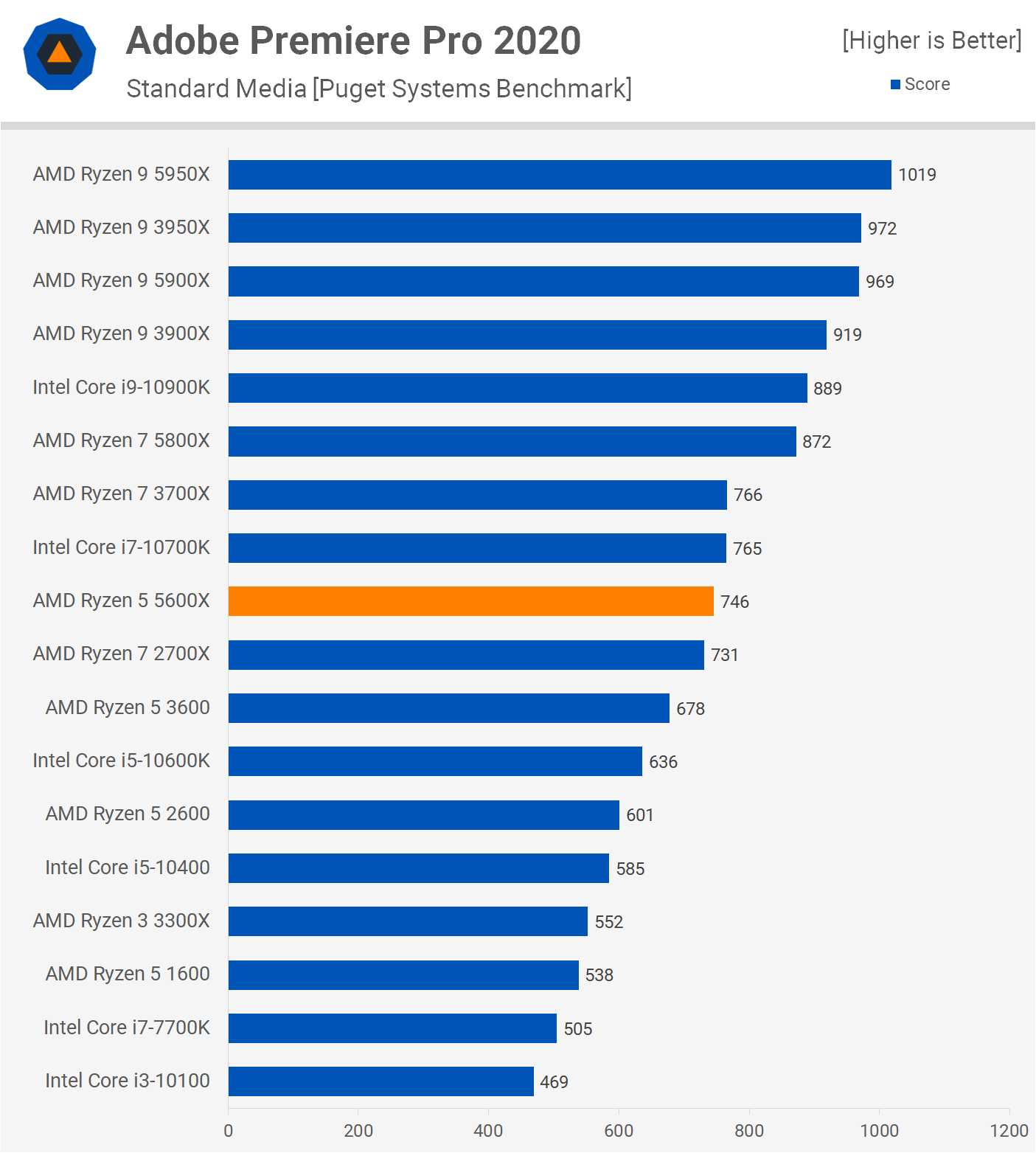



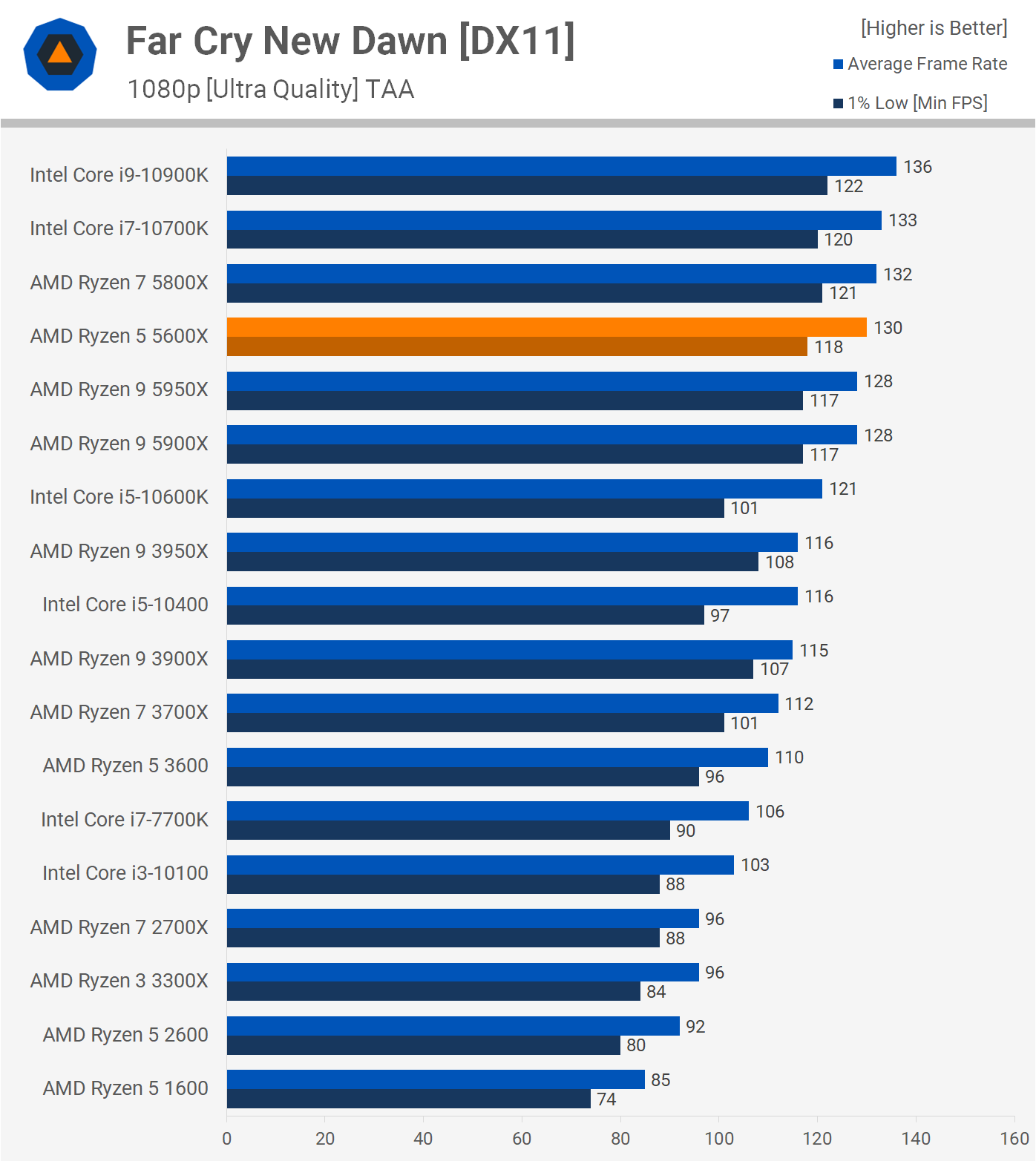
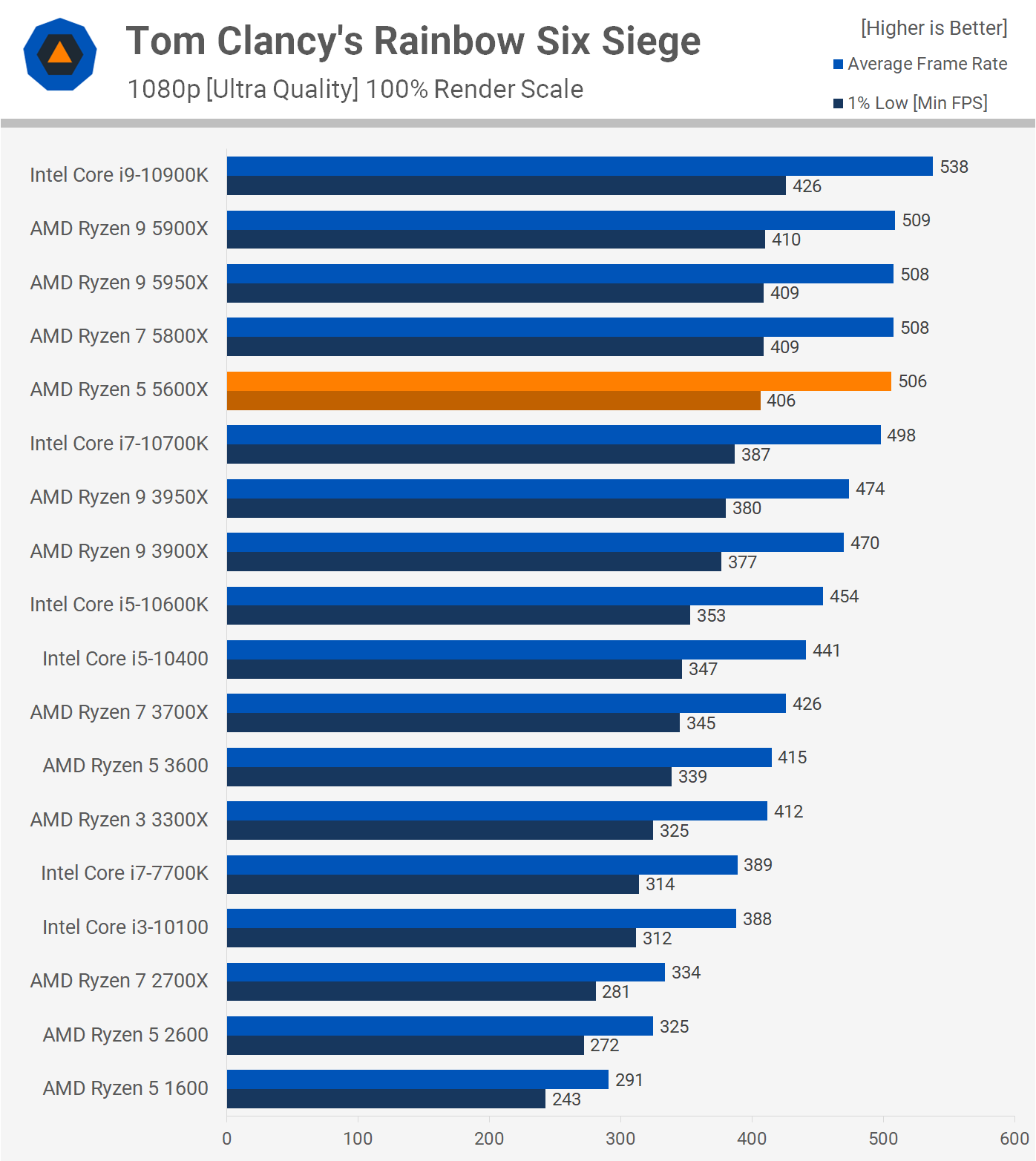
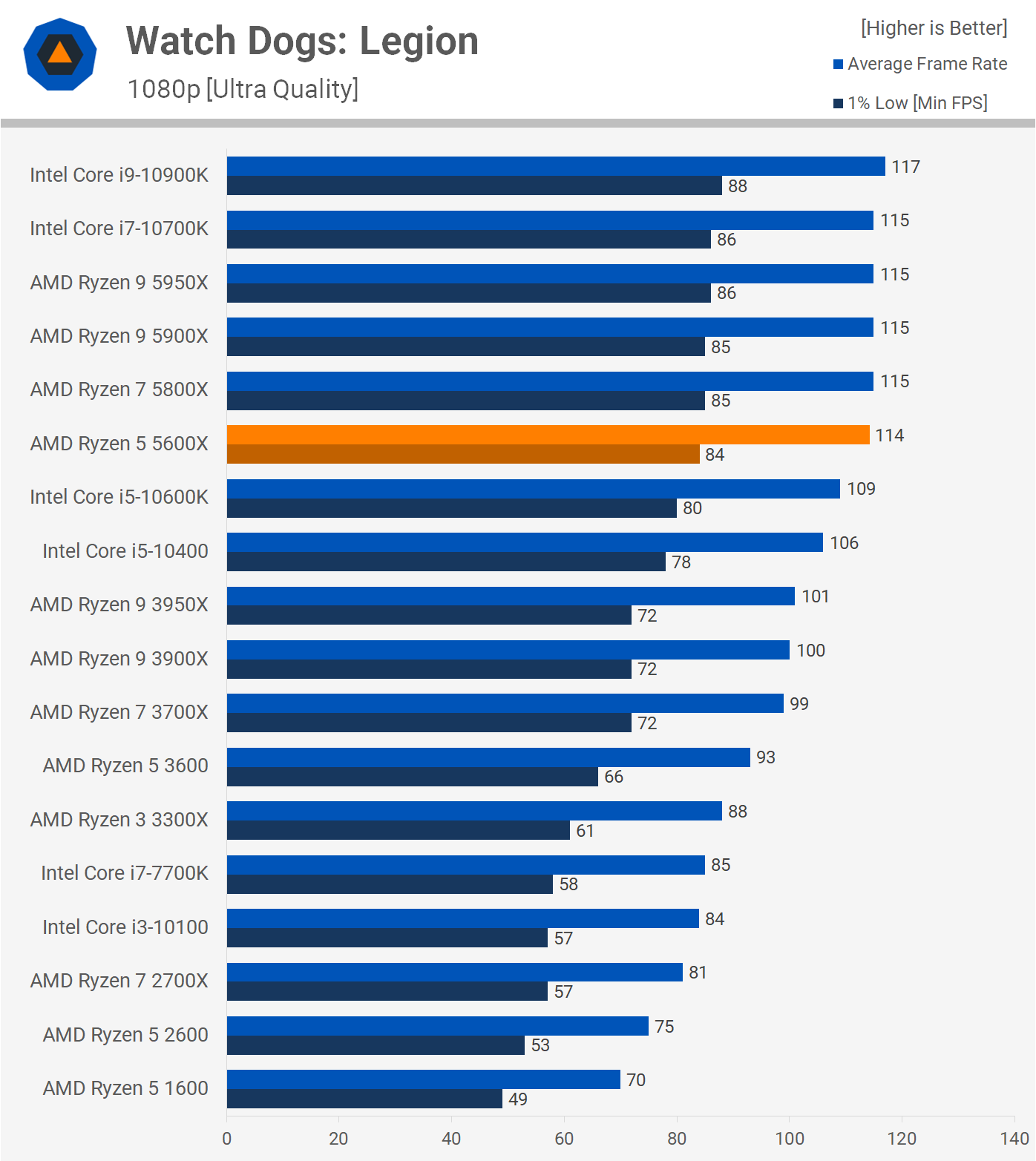
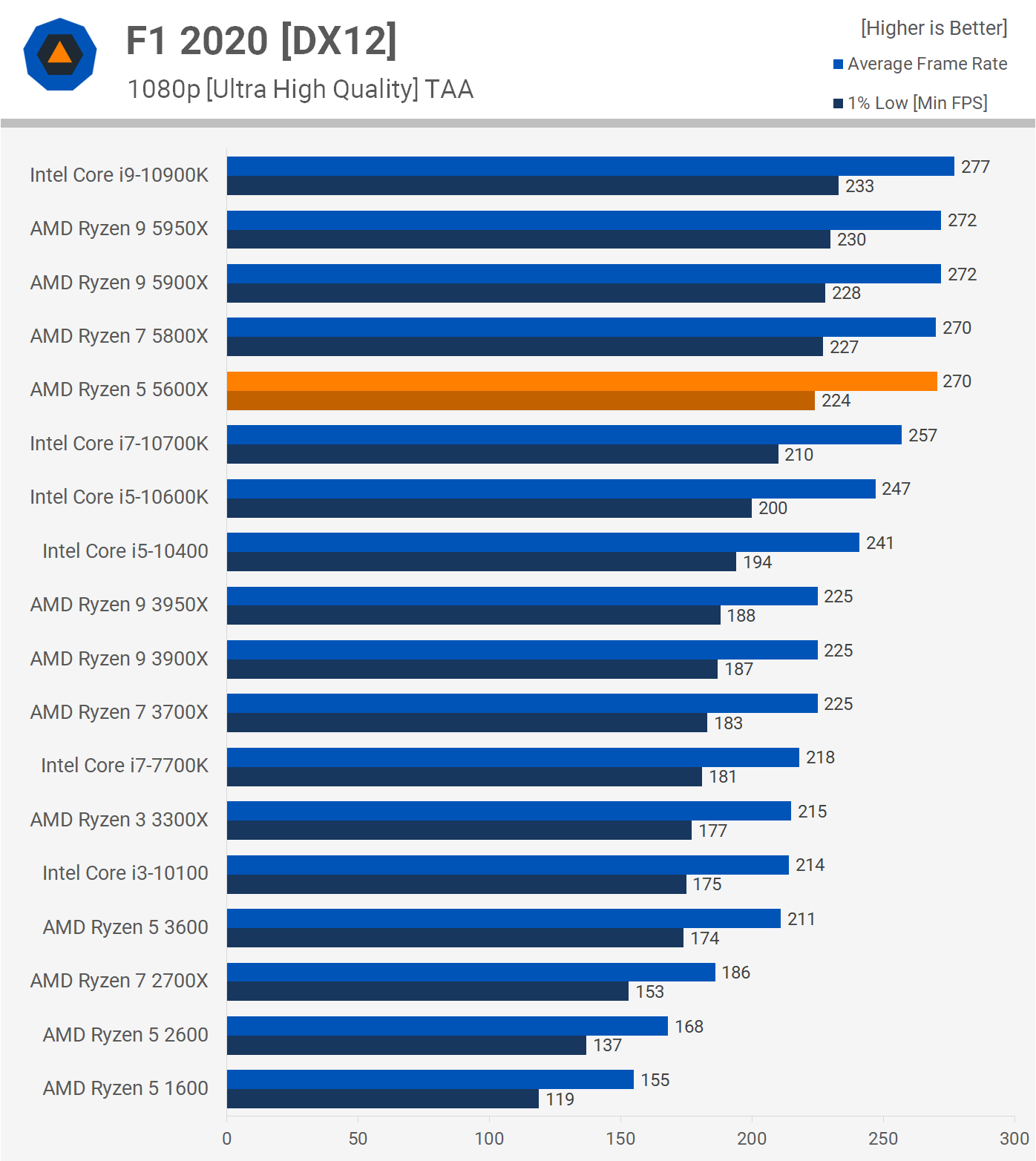

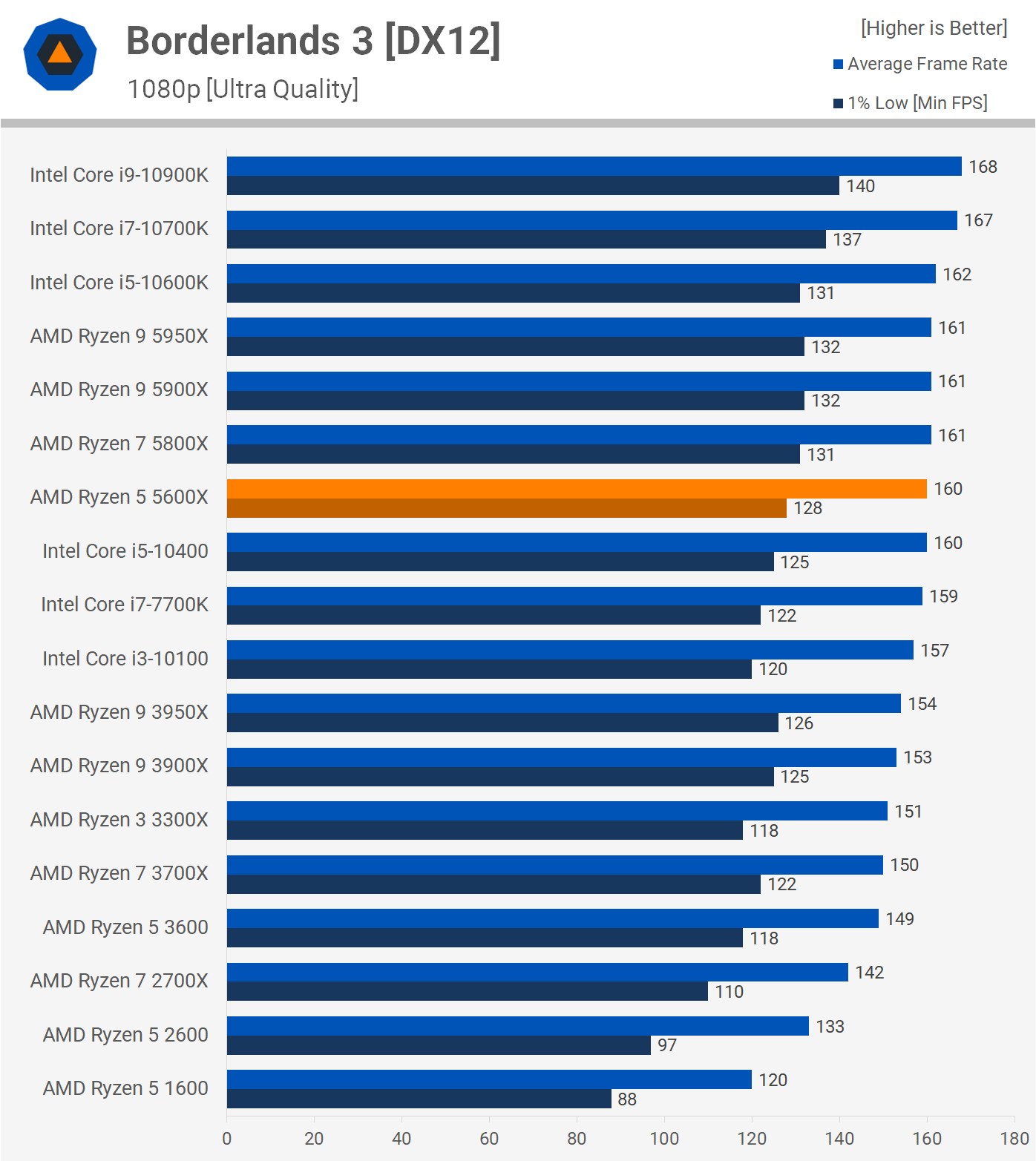

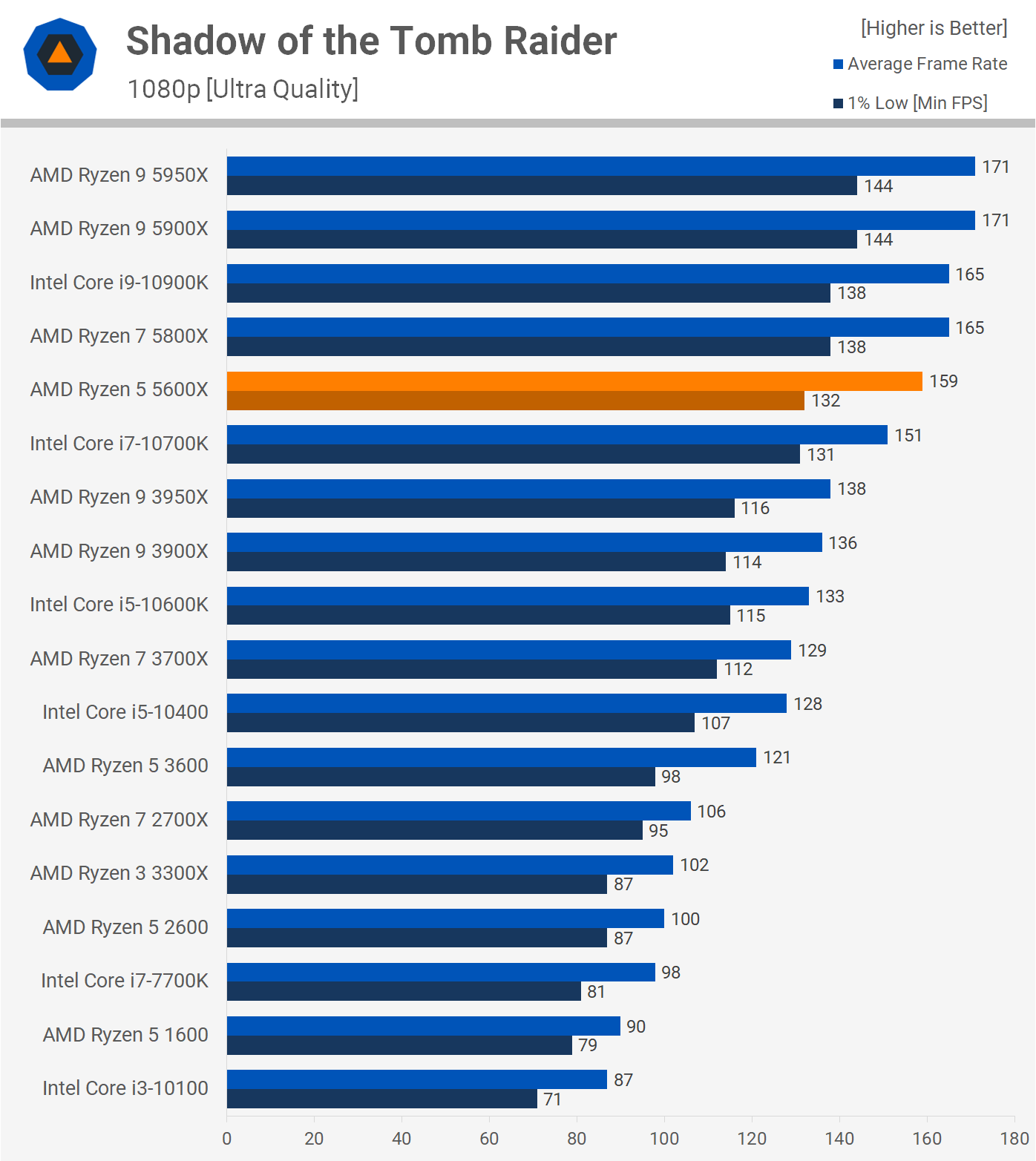



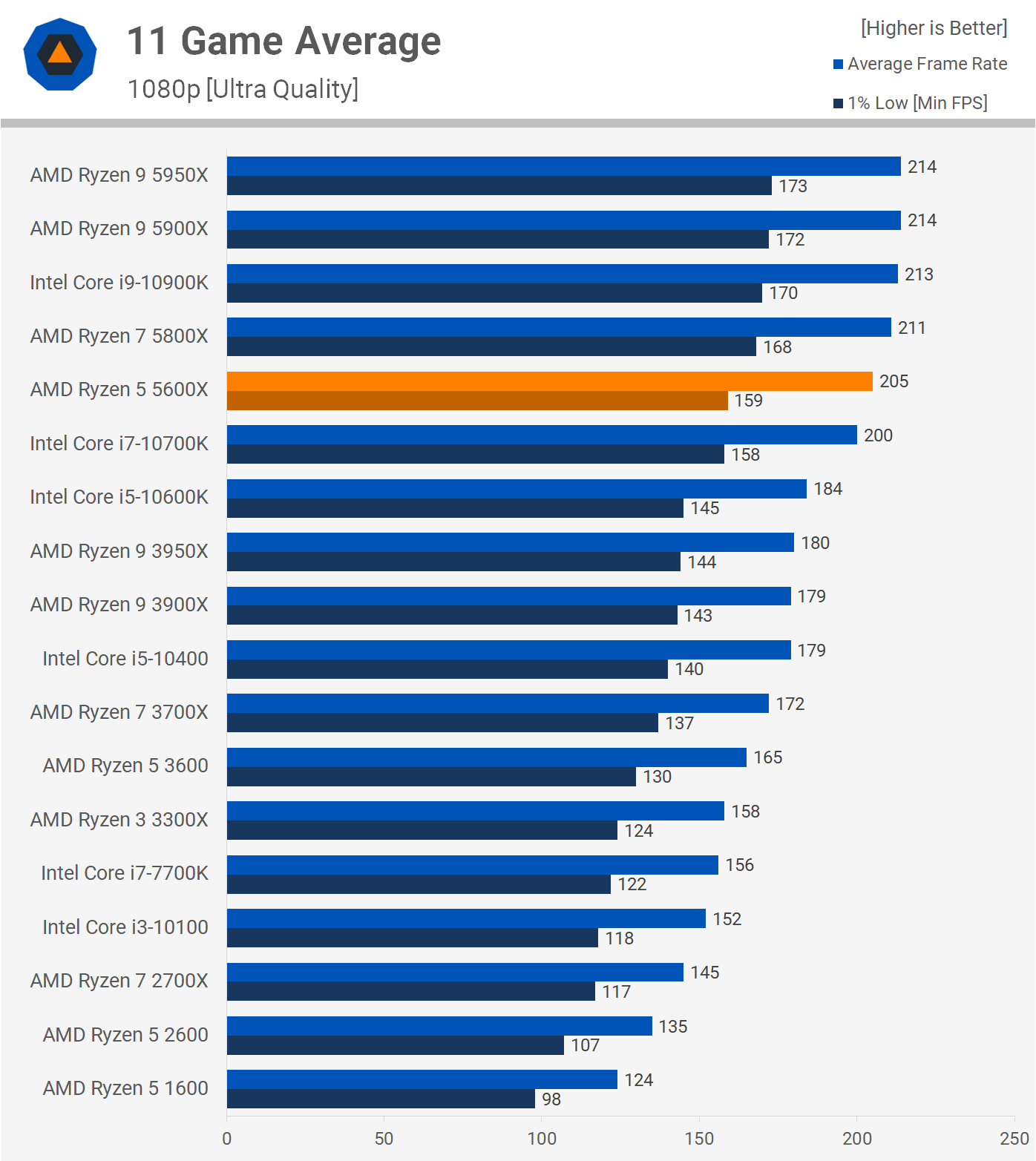
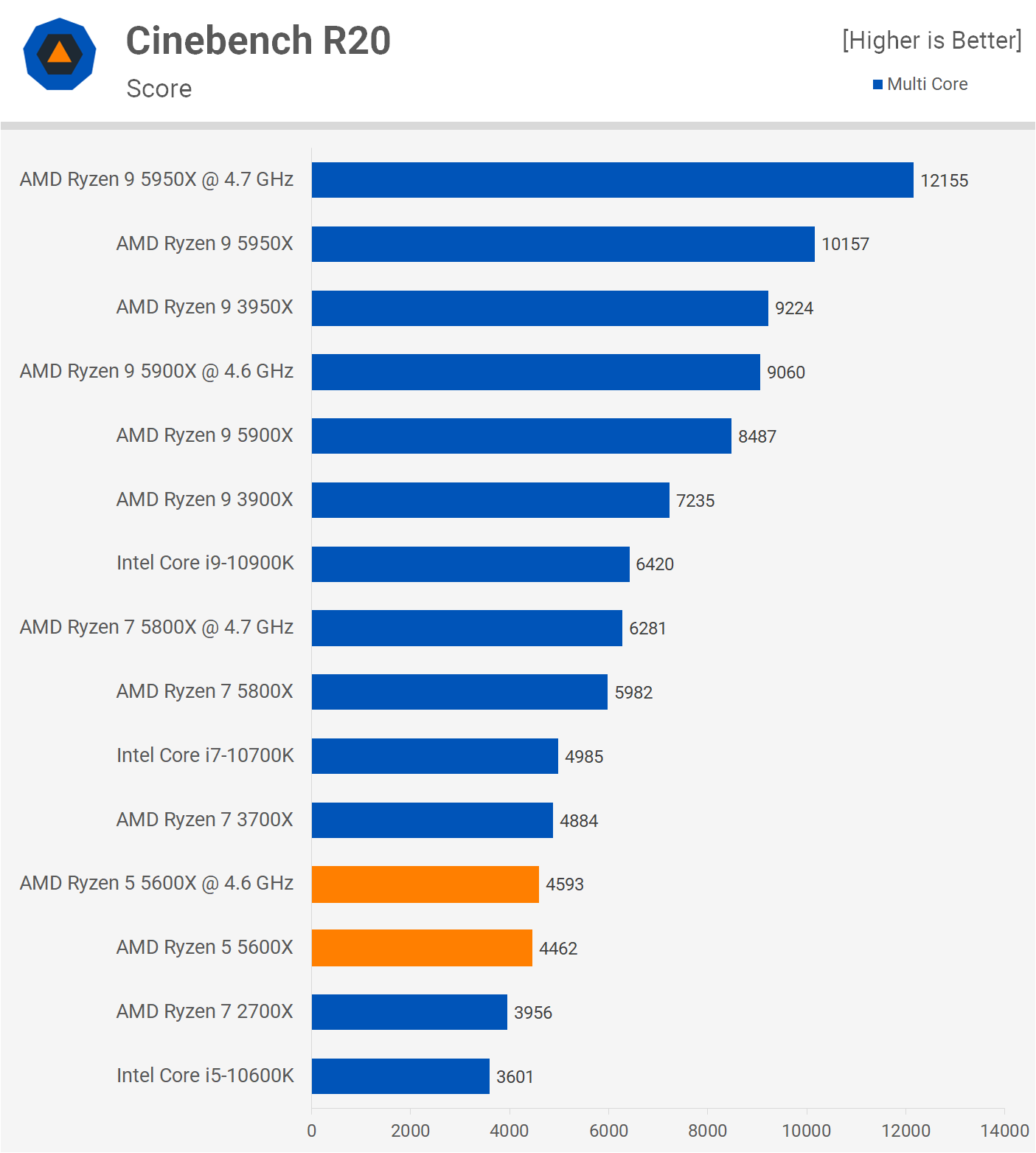
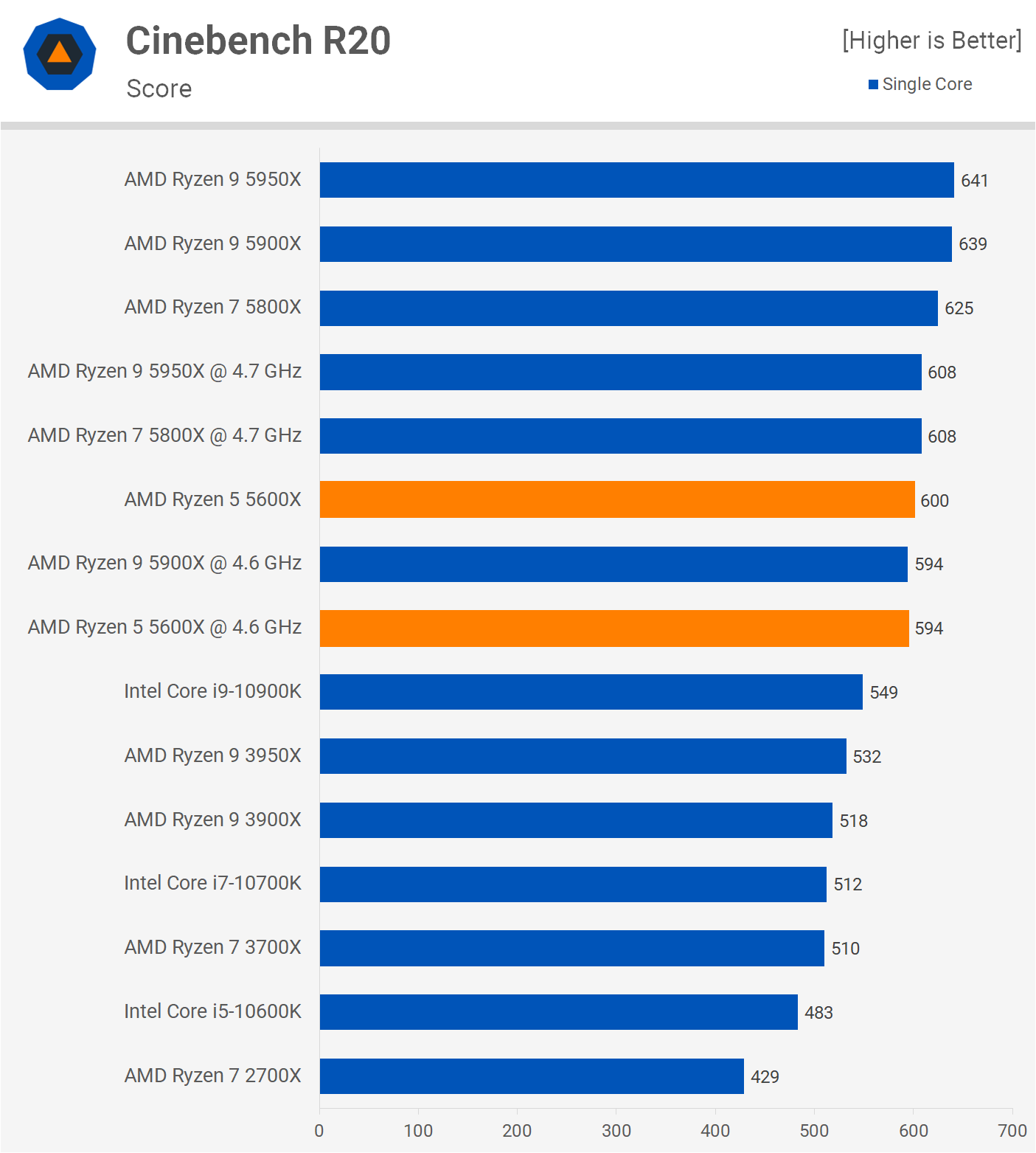
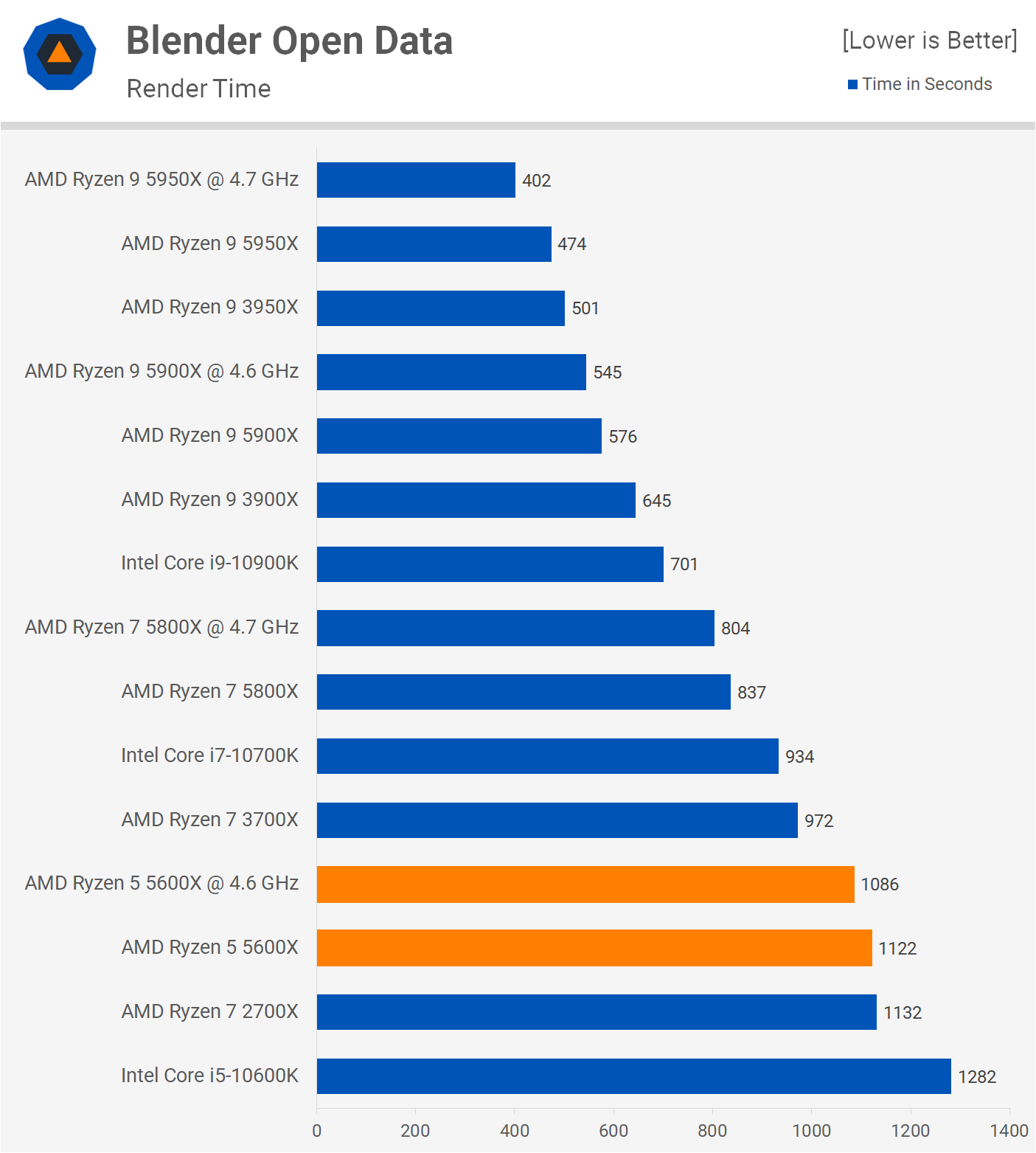

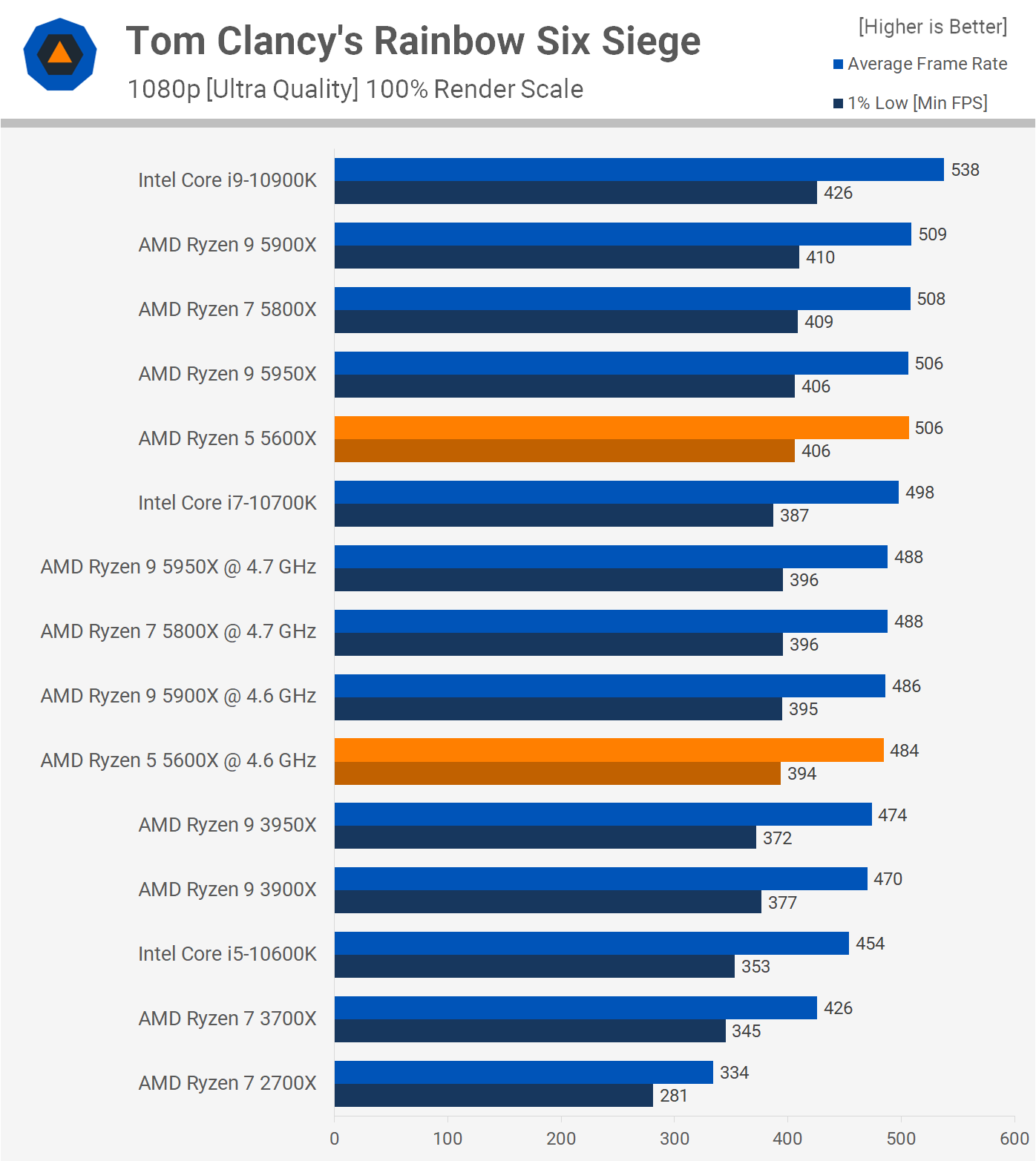


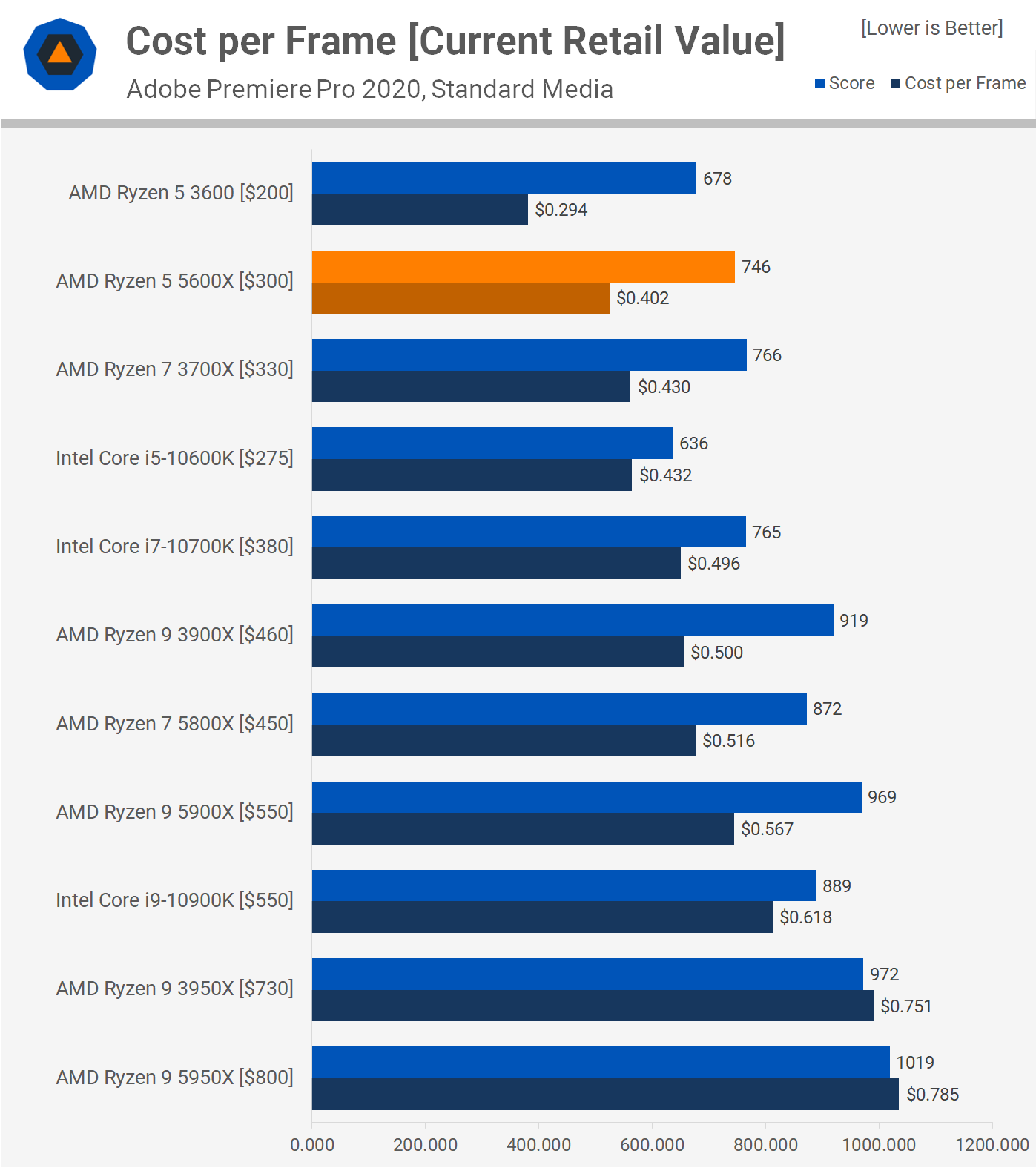

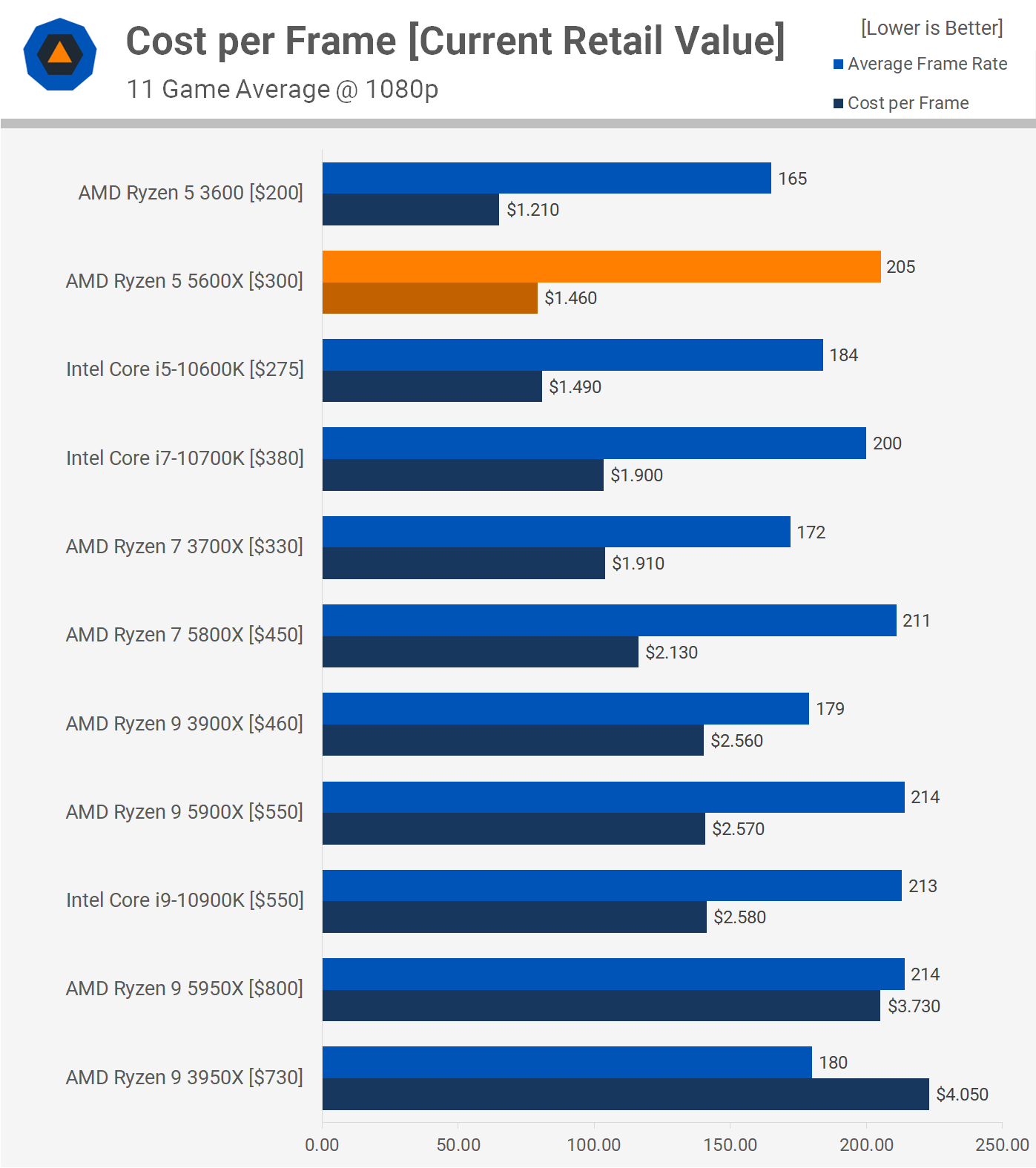
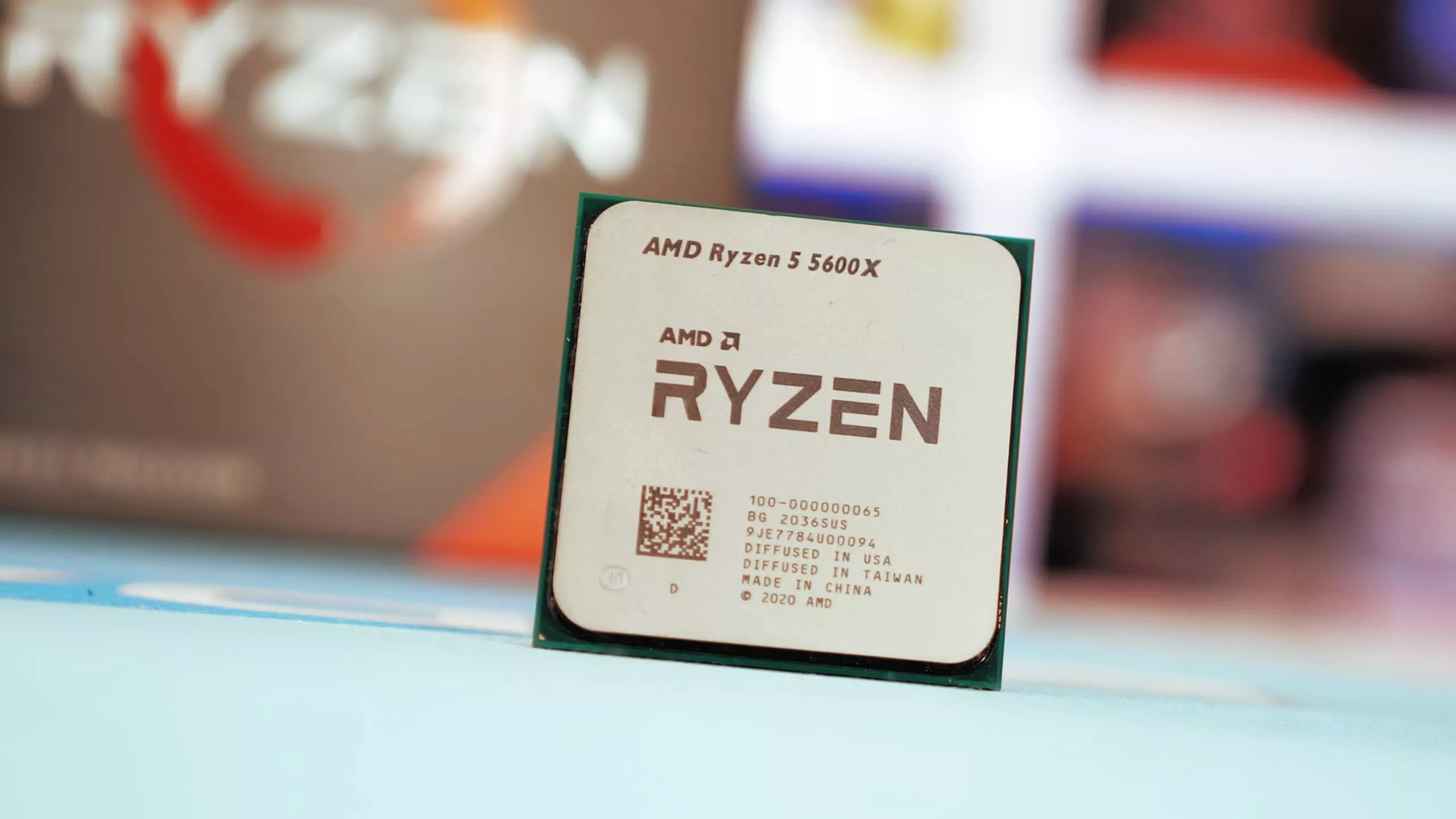
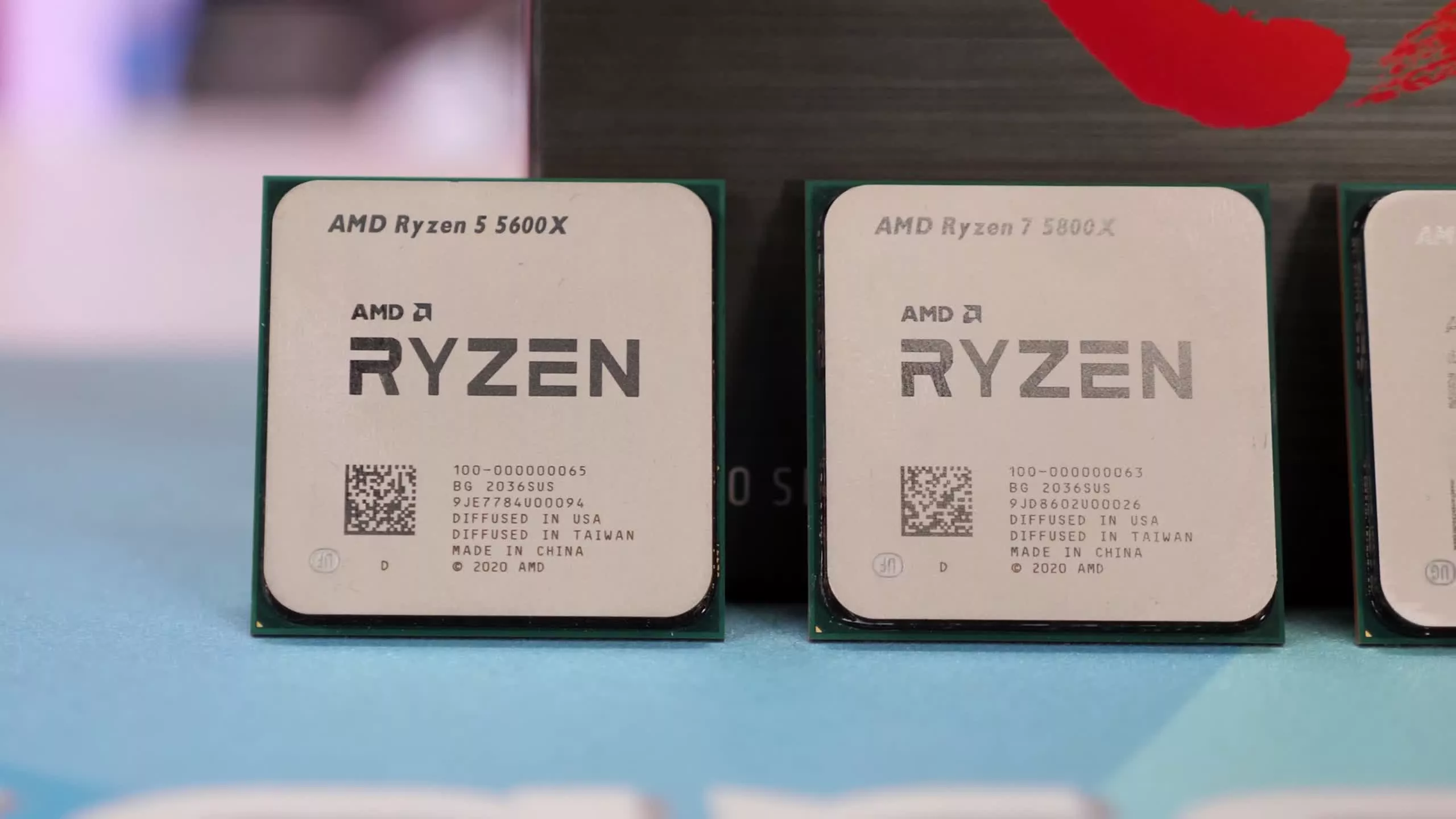








0 nhận xét:
Đăng nhận xét